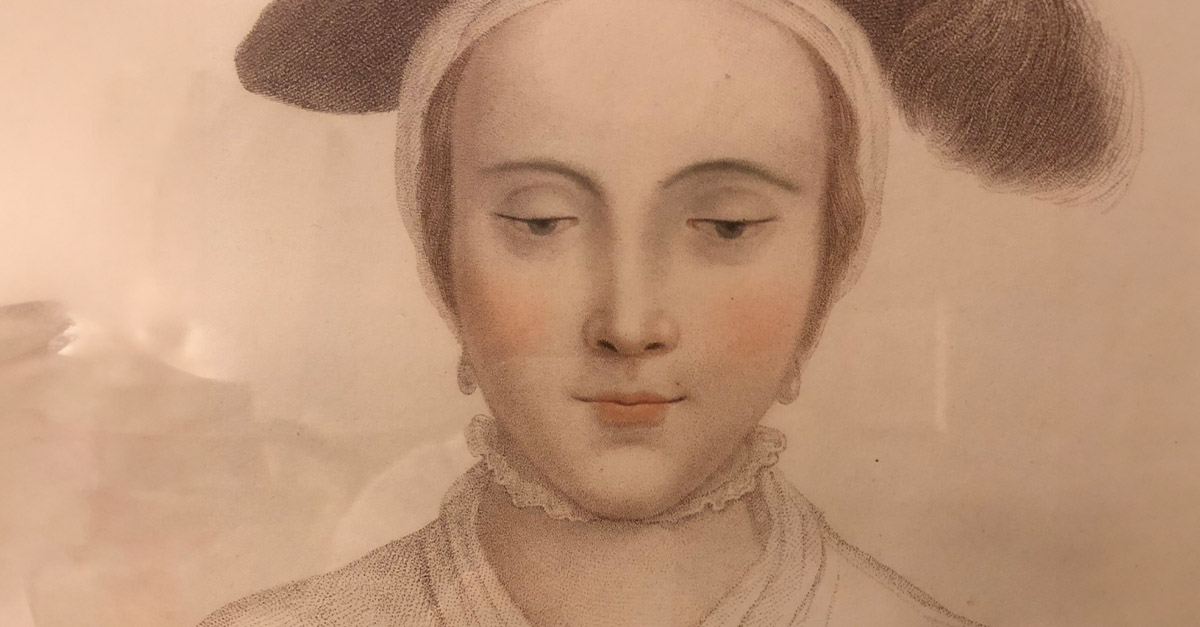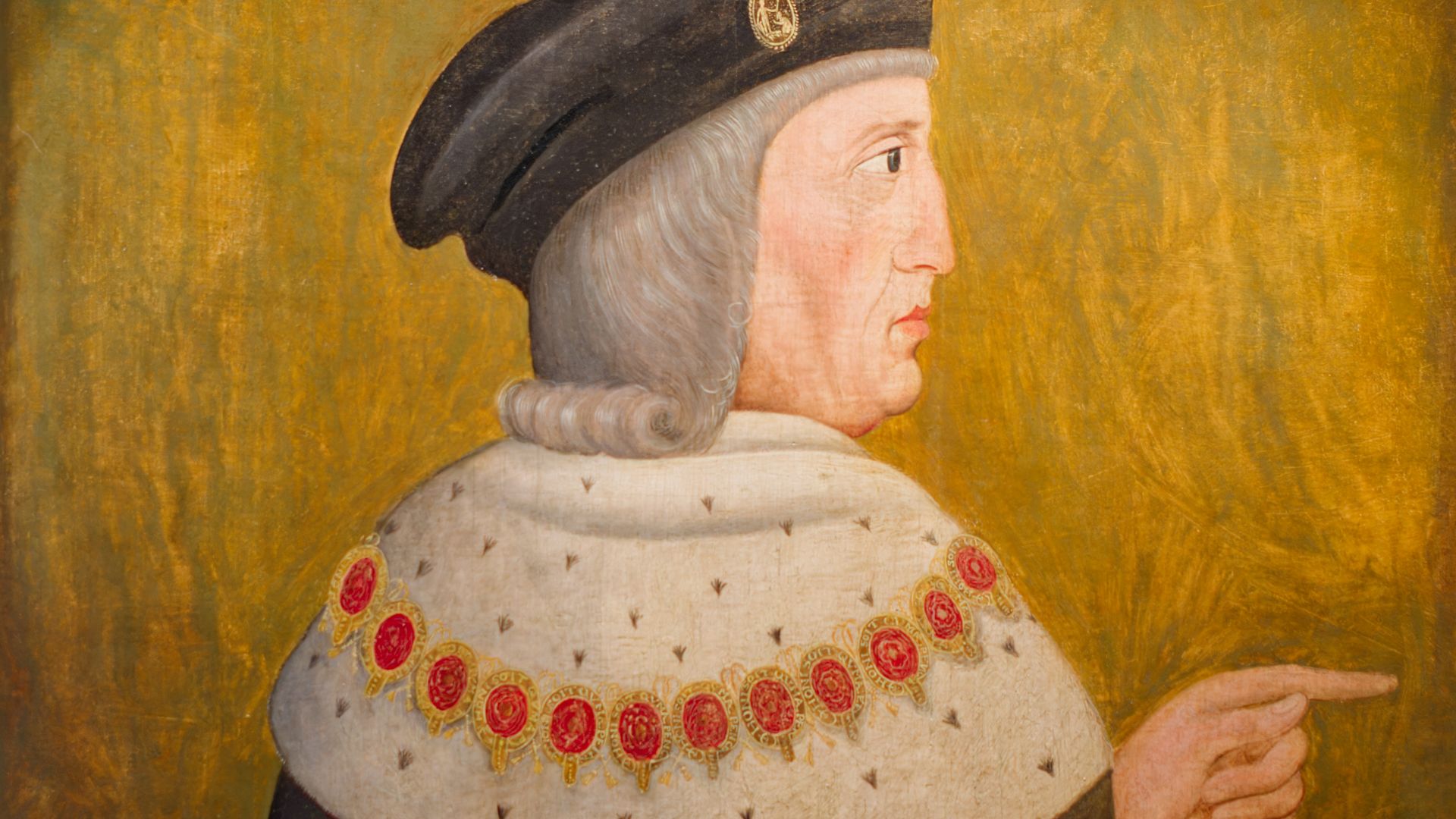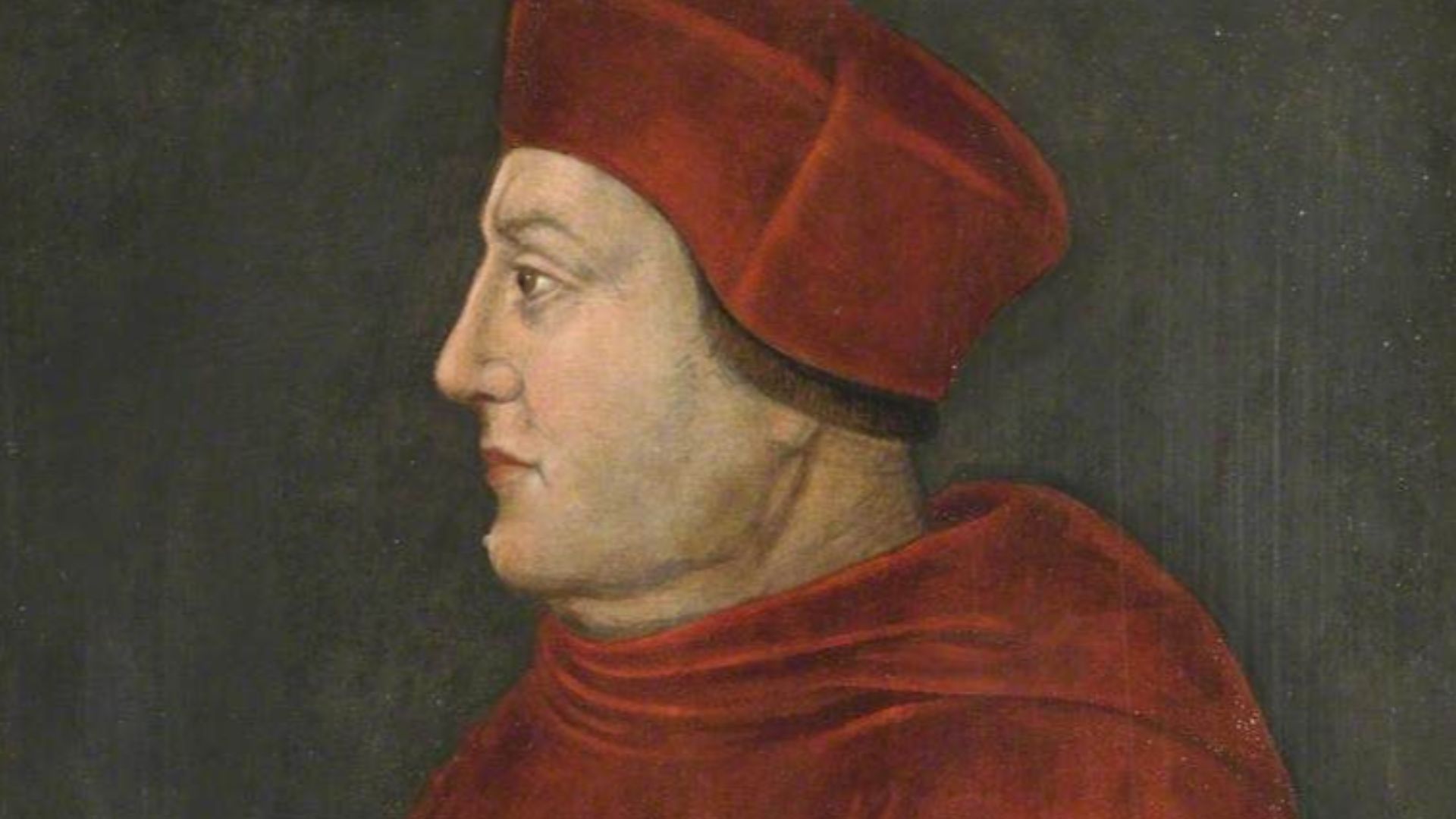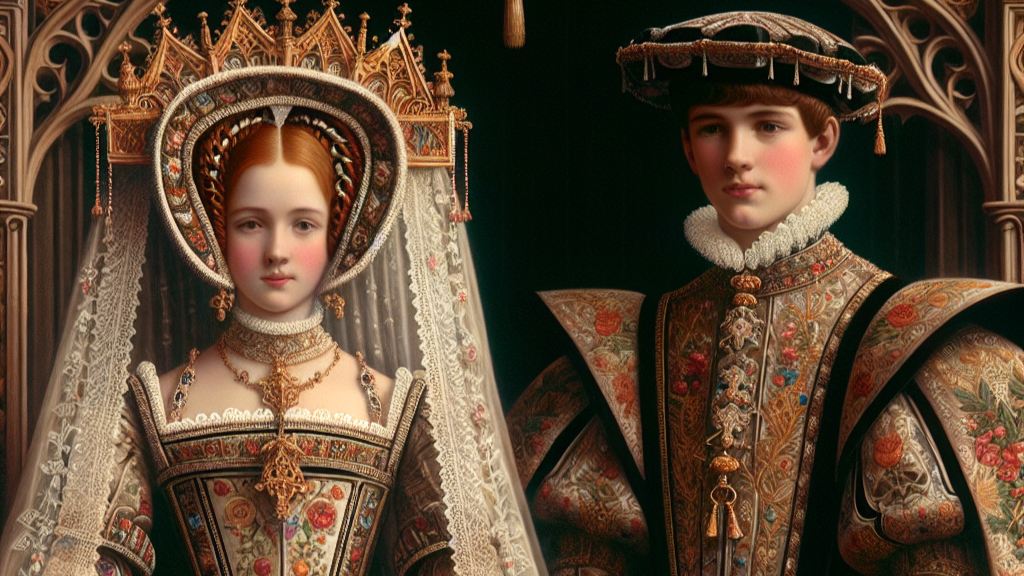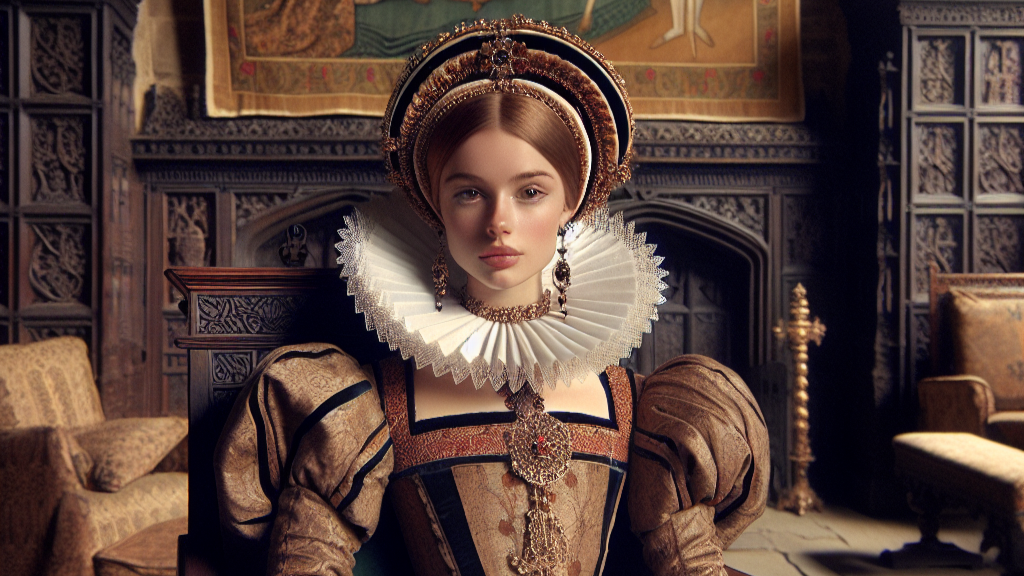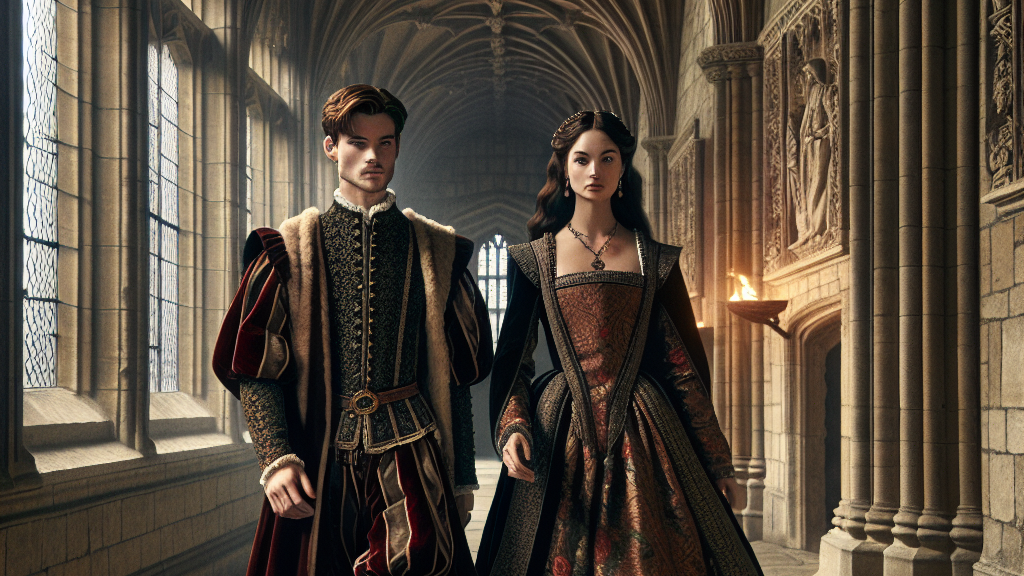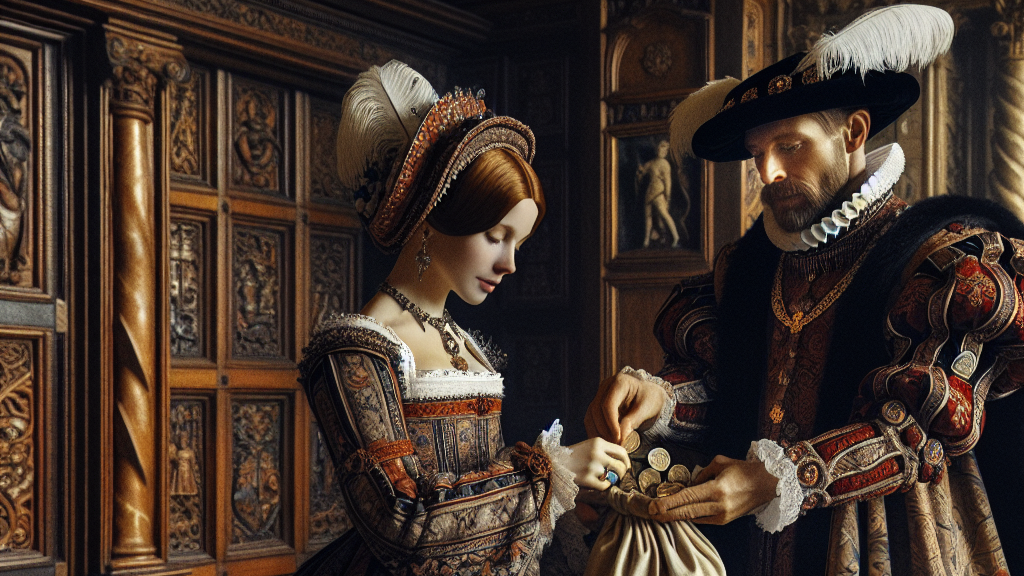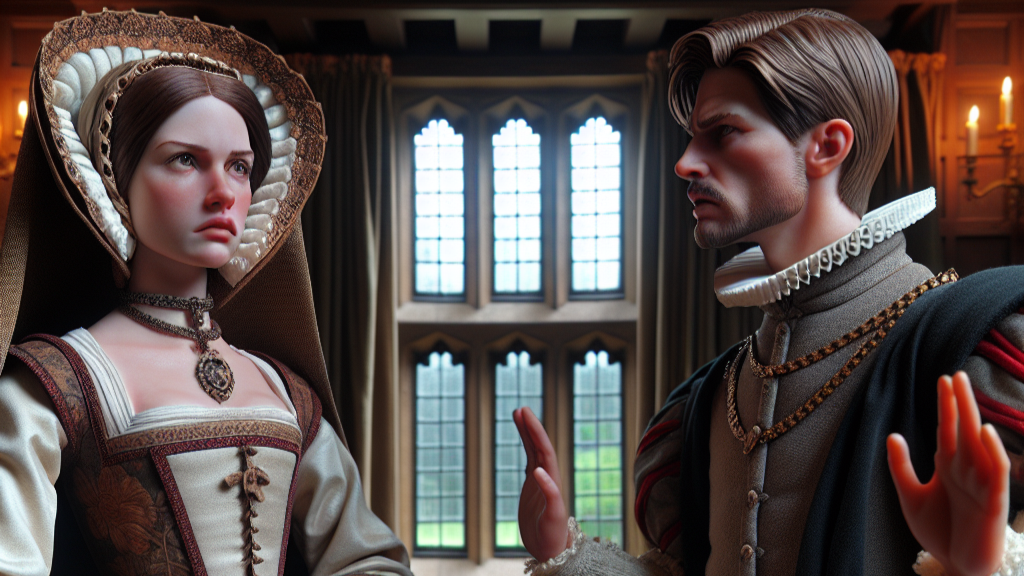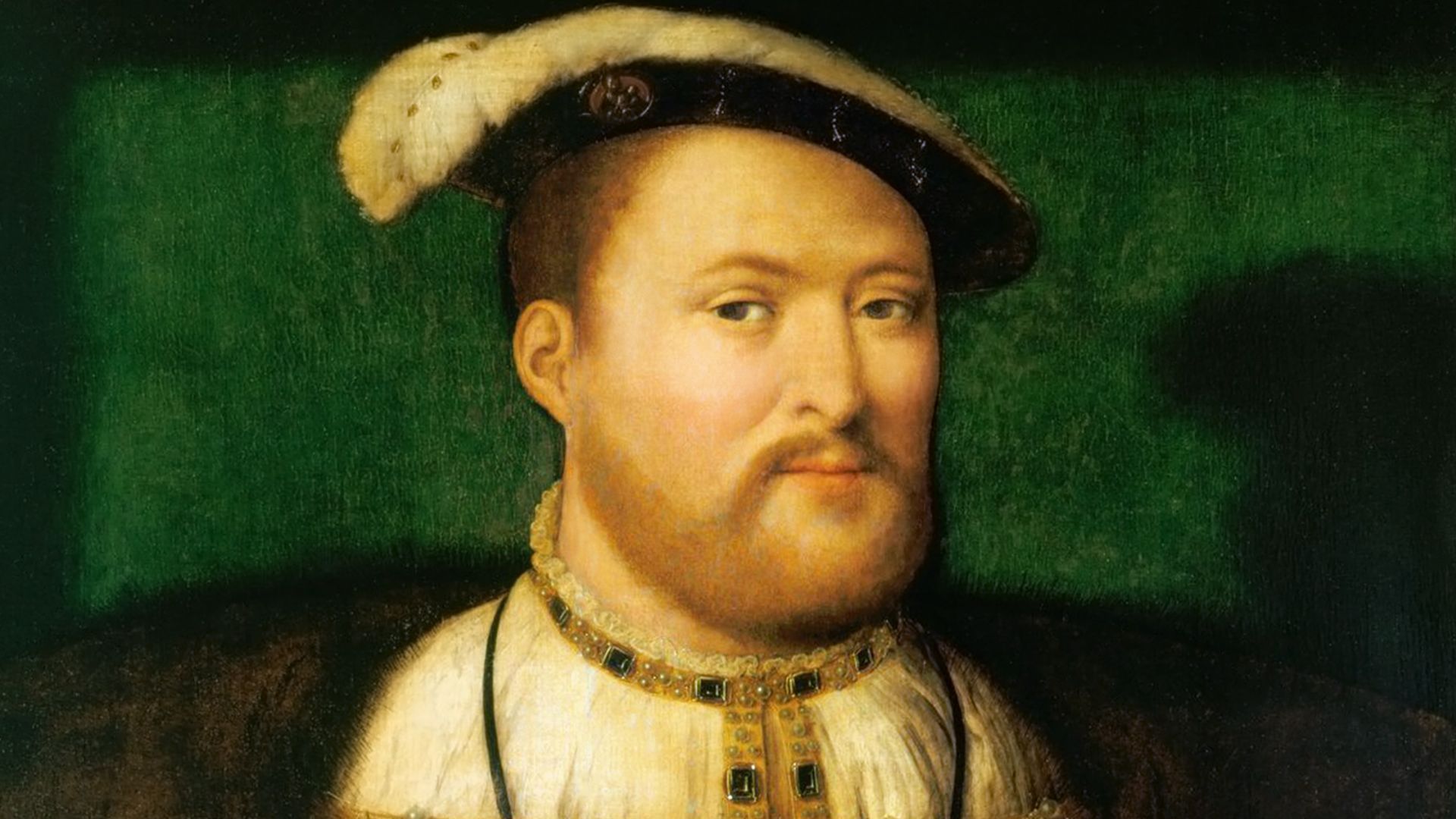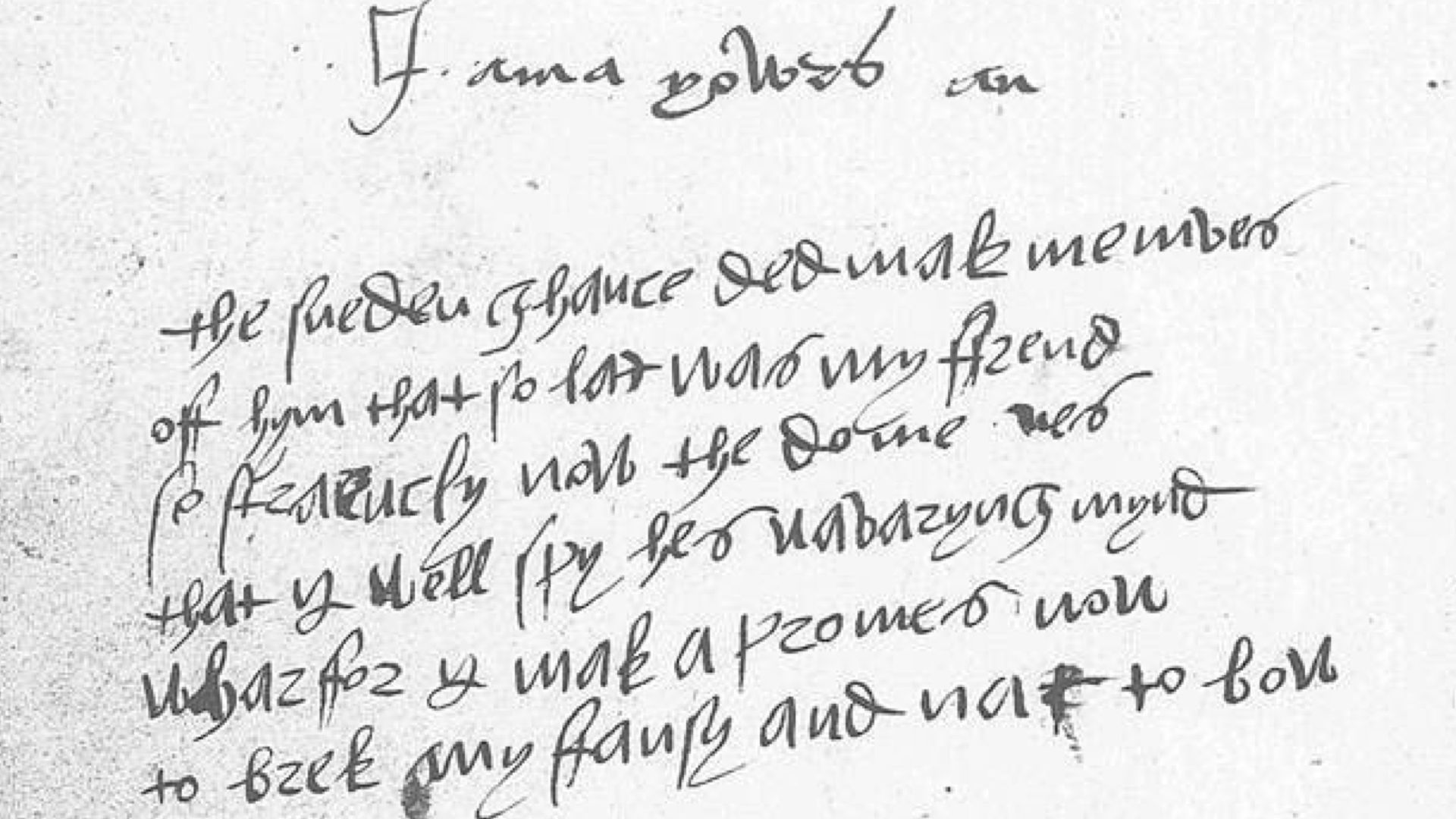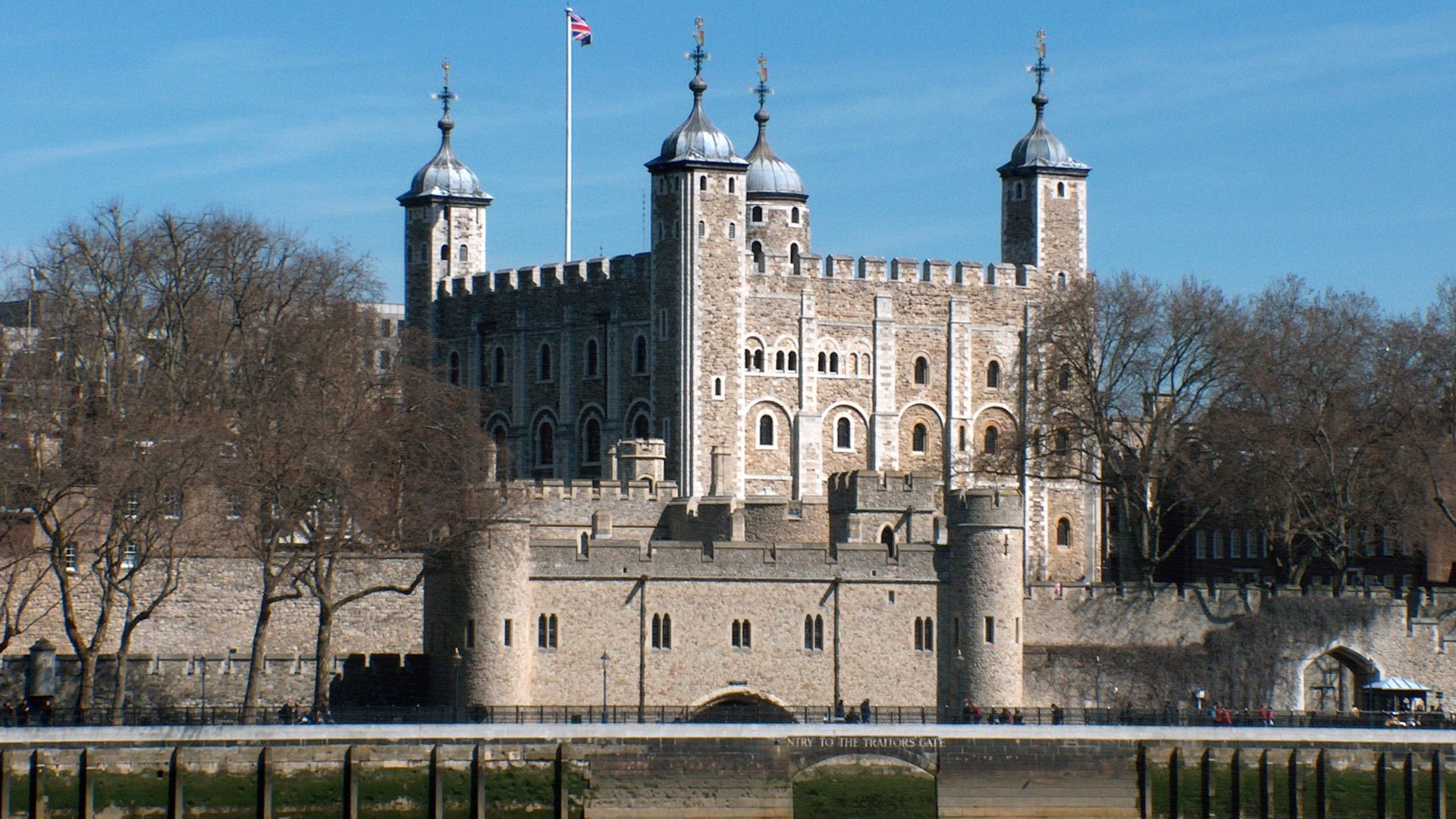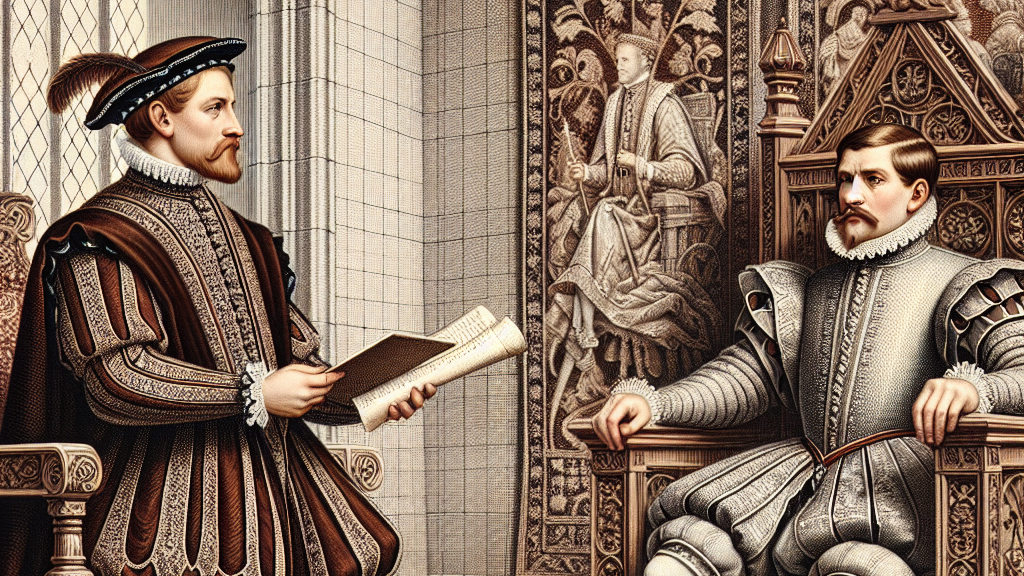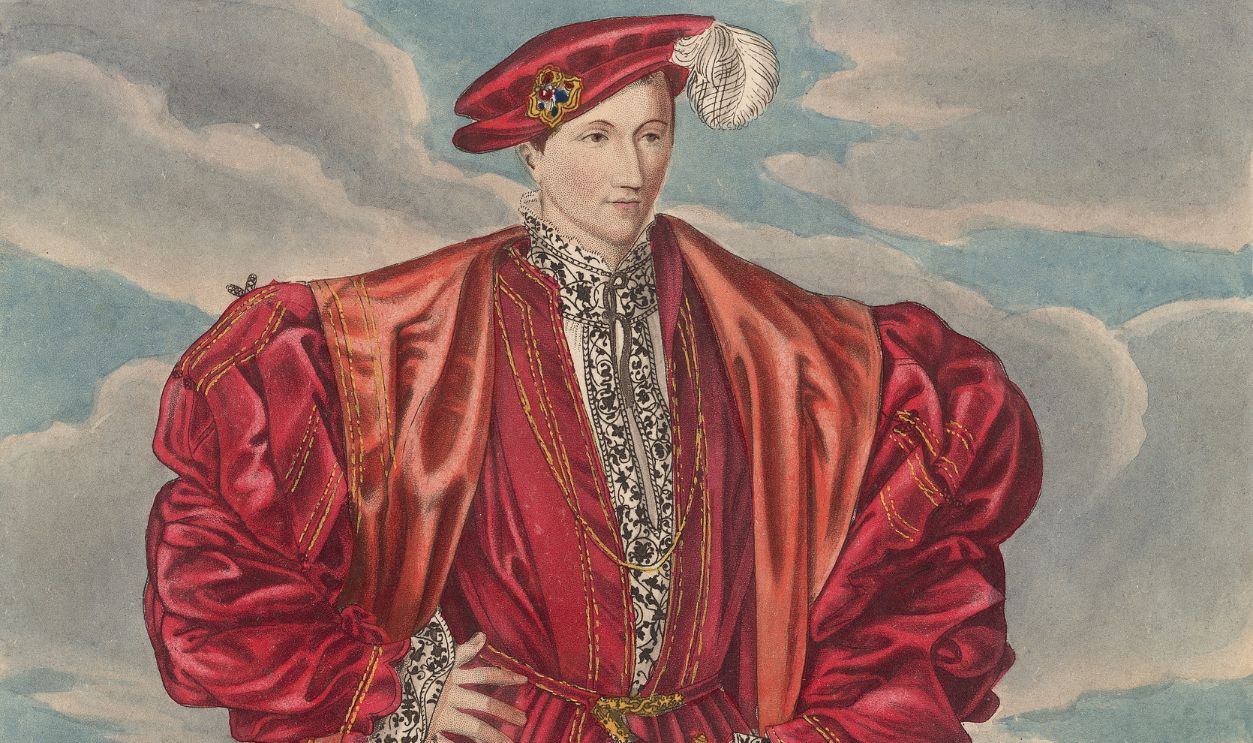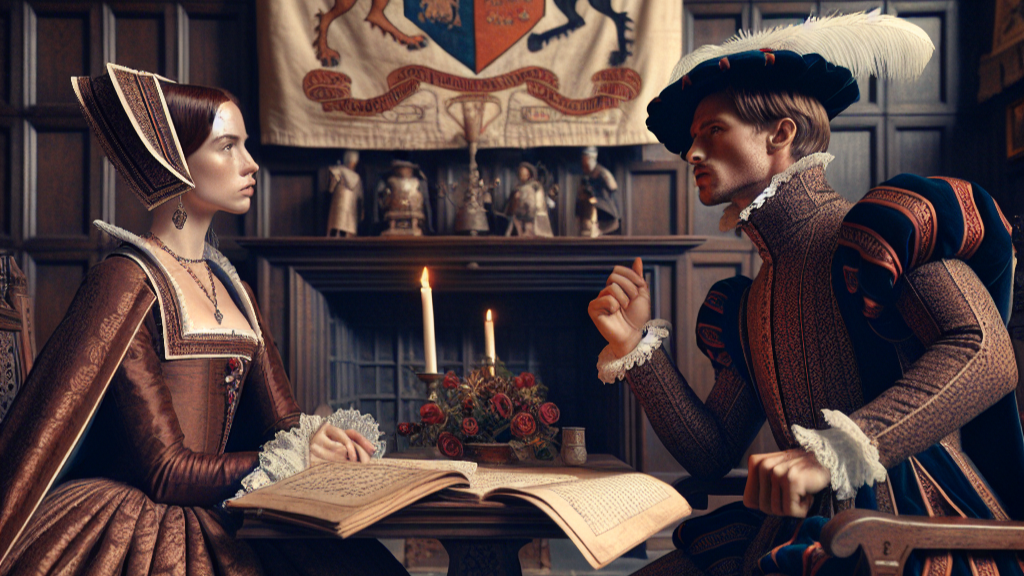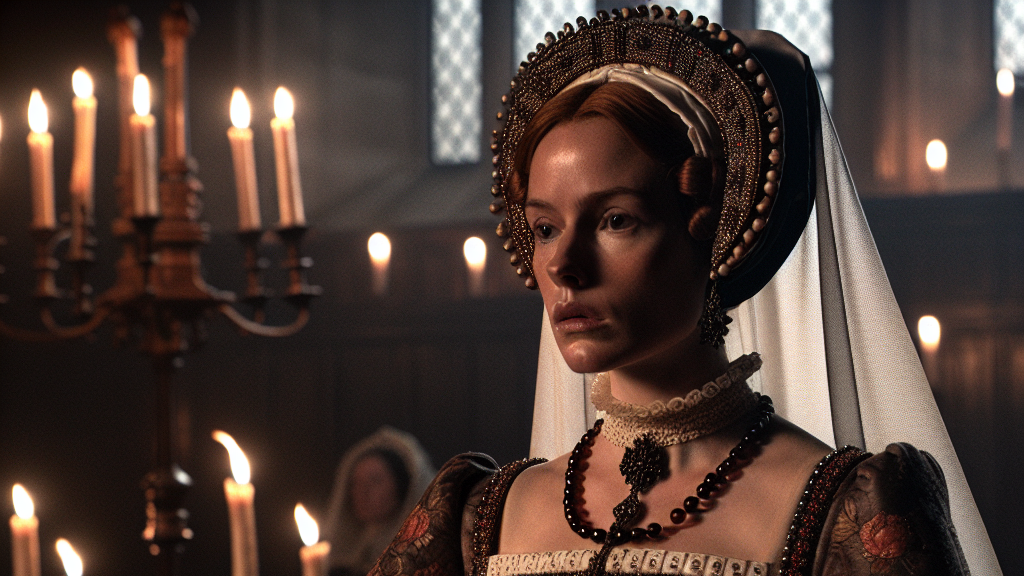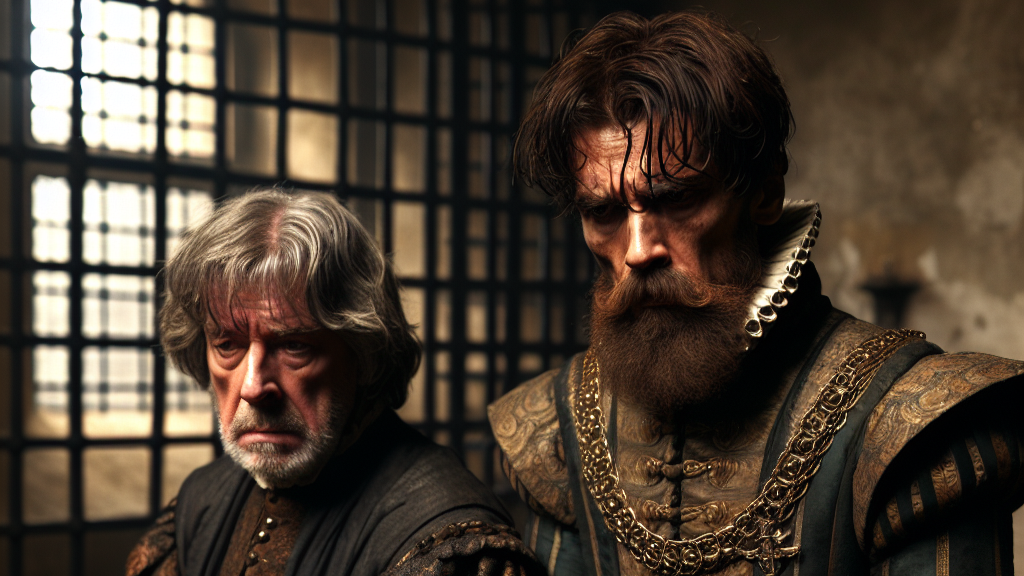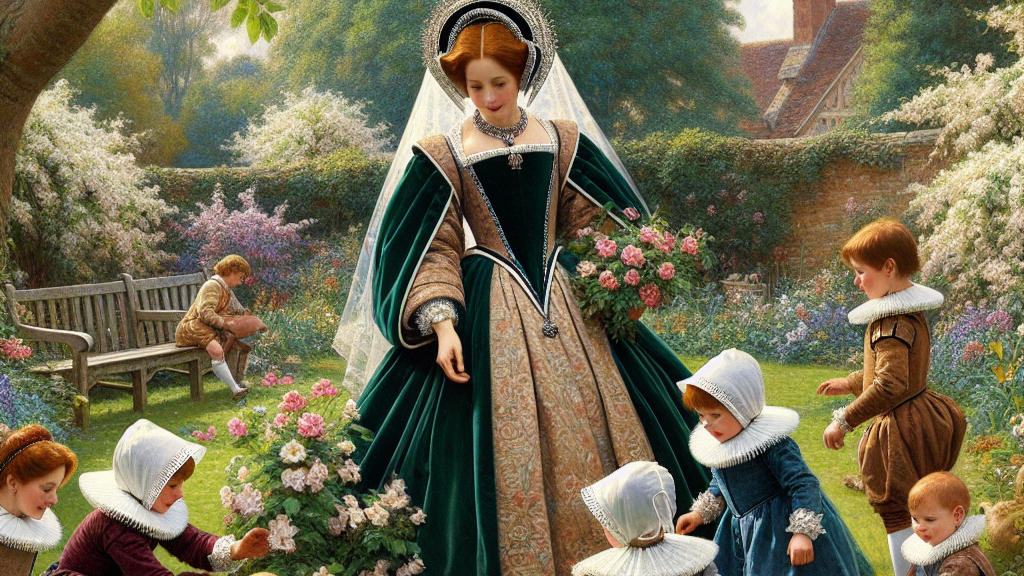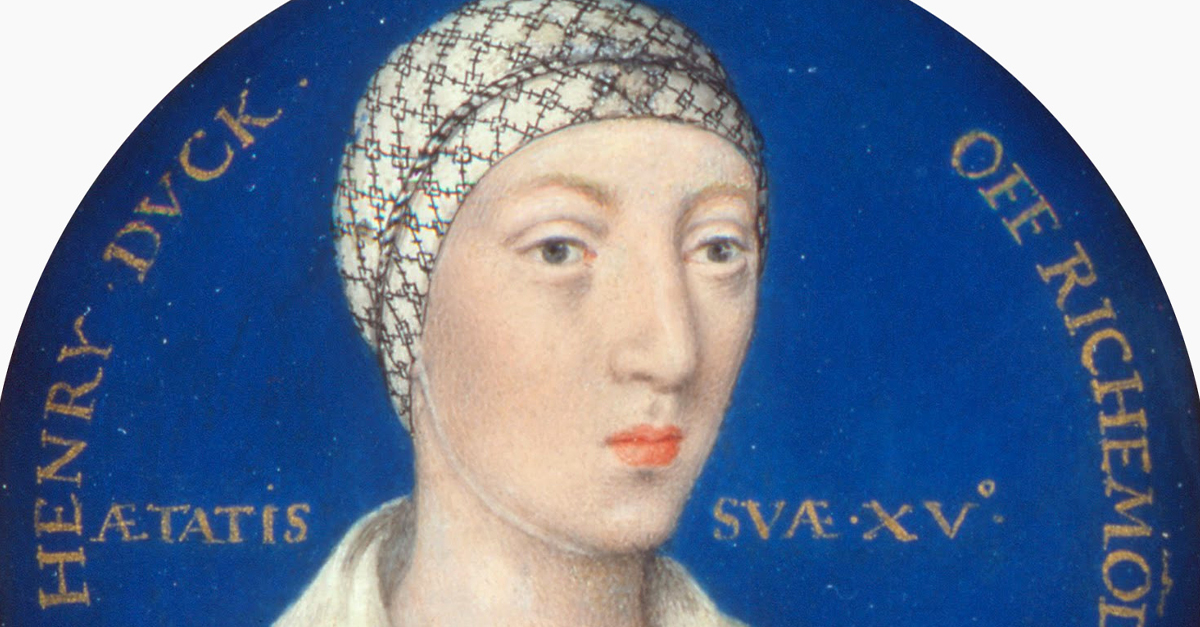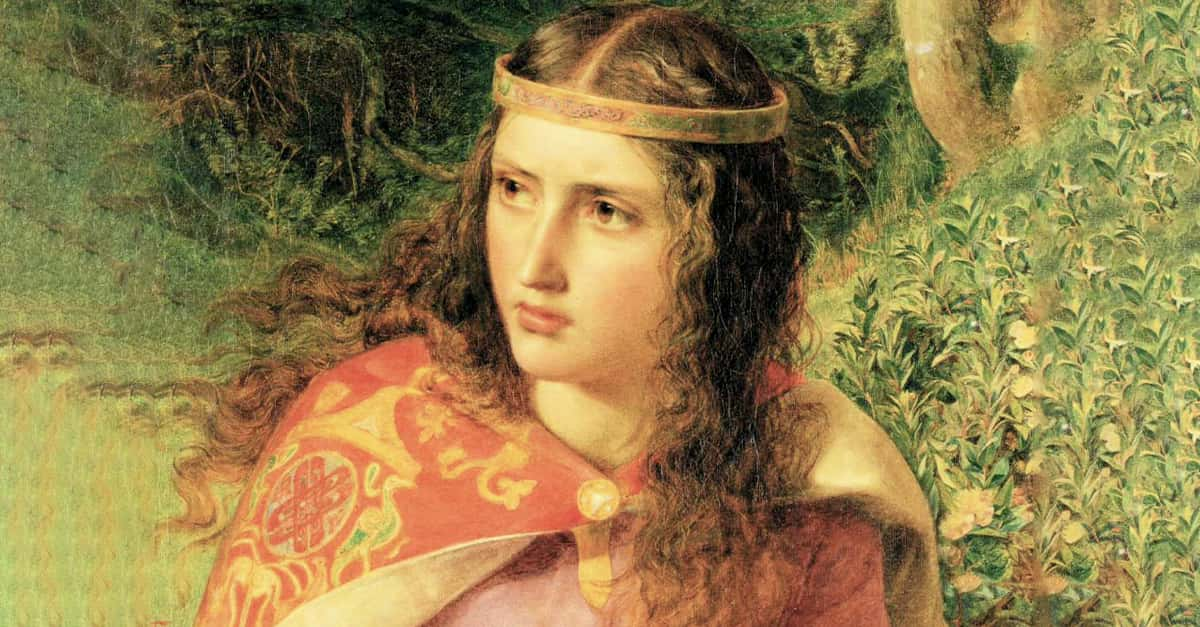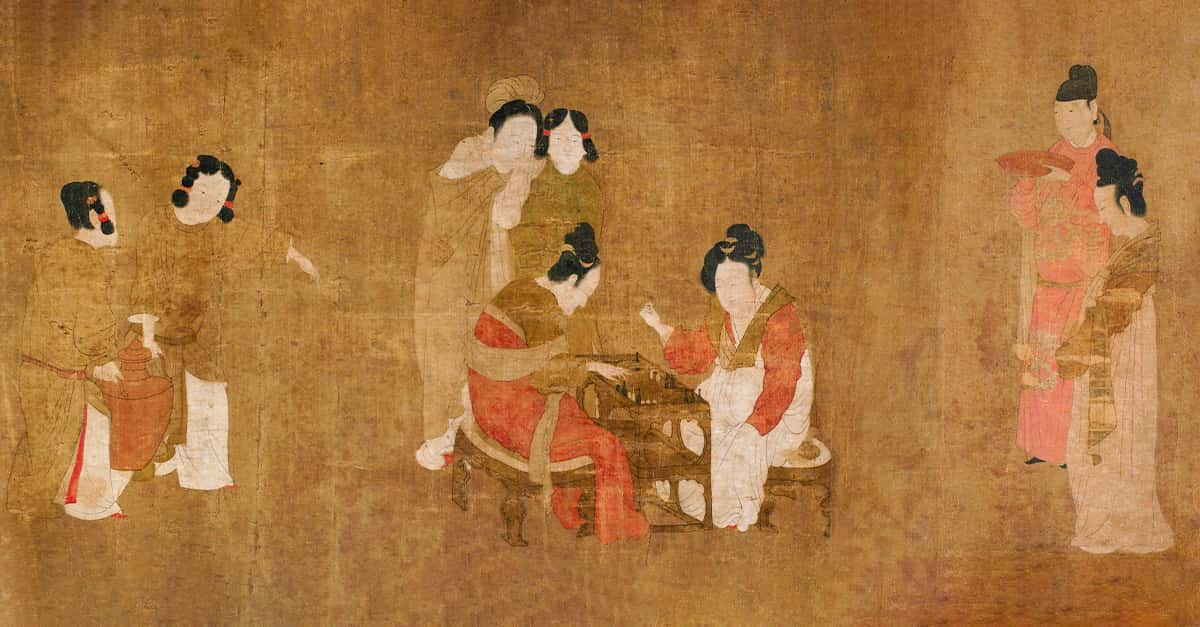The Forgotten Woman
Few British monarchs have had as much time in the sun as Henry VIII. His scandalous marriages, which changed the country forever, have made him famous. They have also made nearly everyone associated with him famous. However, there is one woman who lived in Henry’s orbit who has been all but forgotten, despite living a life worth remembering.
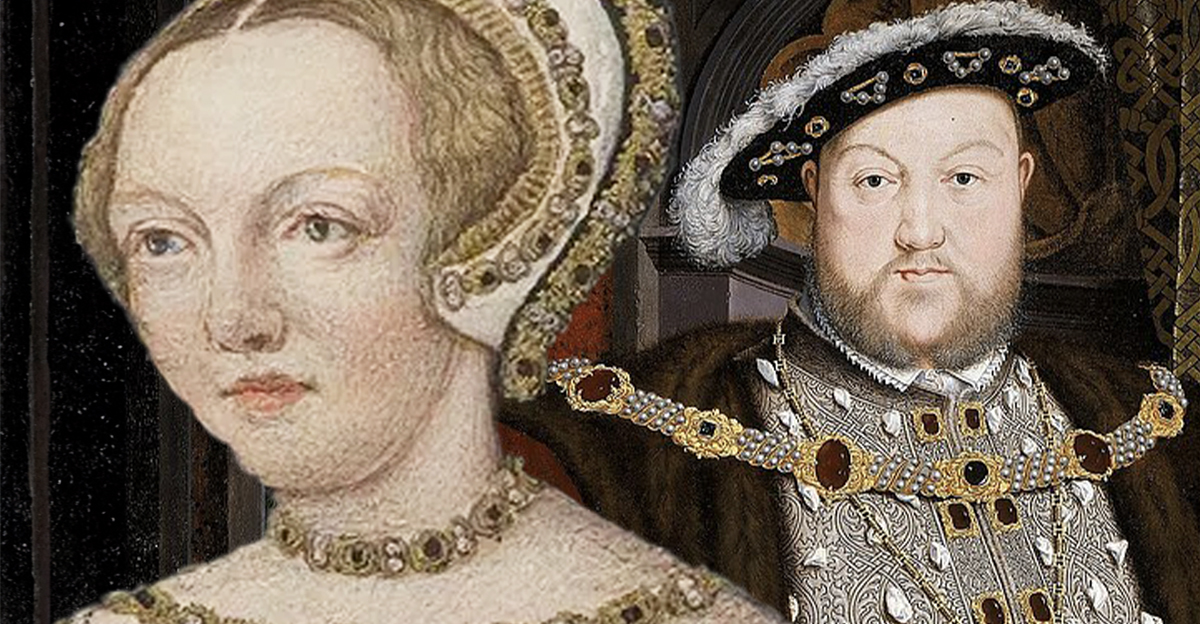
Her Family
Mary FitzRoy, Duchess of Richmond and Somerset, was born with a far simpler name: Mary Howard. However, despite the simple name, she was far from a simple woman, nor was her family.
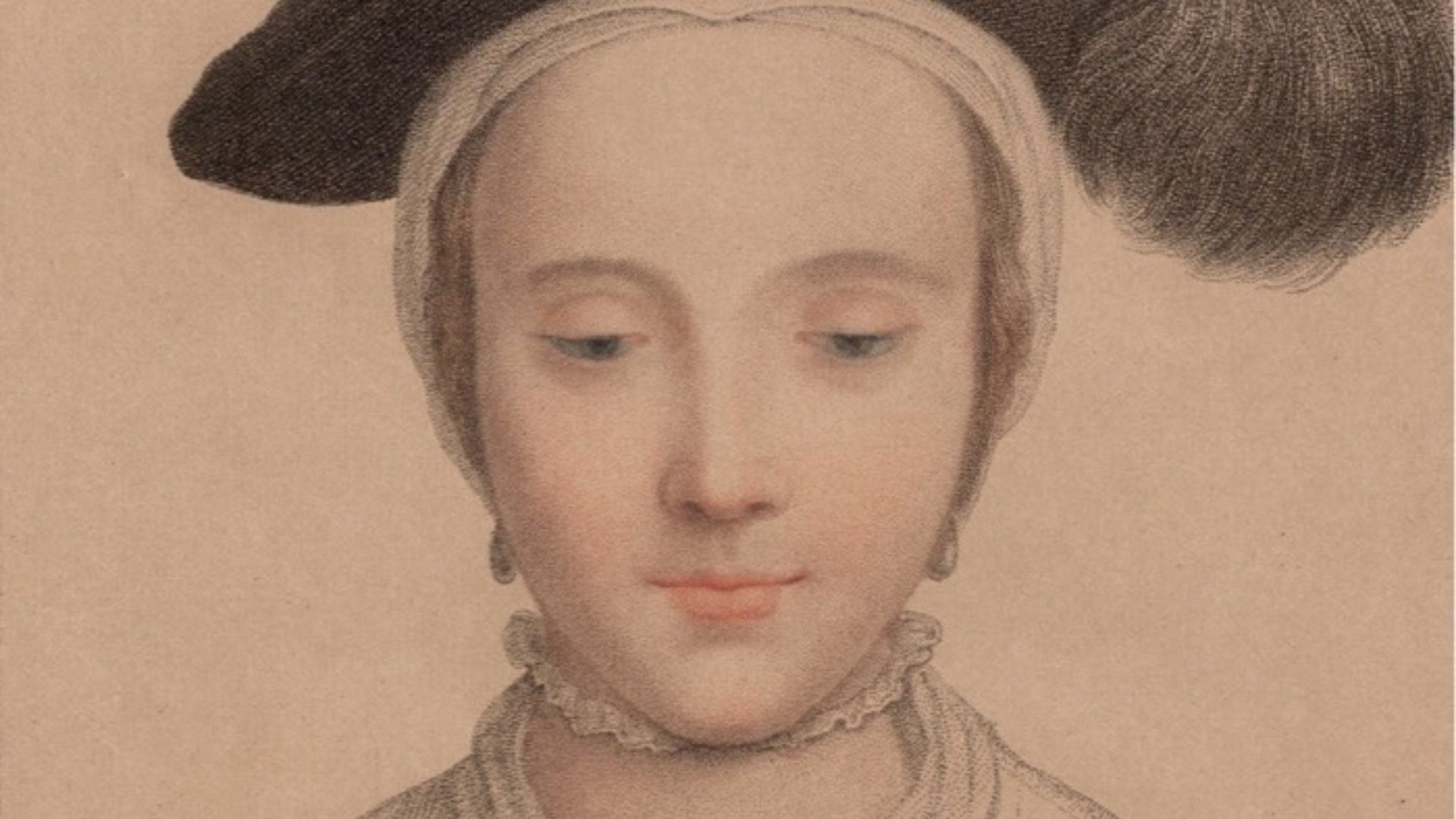 Hans Holbein the Younger and Francesco Bartolozzi, Wikimedia Commons
Hans Holbein the Younger and Francesco Bartolozzi, Wikimedia Commons
Her Family
Mary was the third of five children born to Thomas Howard, Earl of Surrey, and his wife, Lady Elizabeth Stafford. Both of her grandfathers were dukes, the 2nd Duke of Norfolk and the 3rd Duke of Buckingham, respectively. This meant the family had a lot of power.
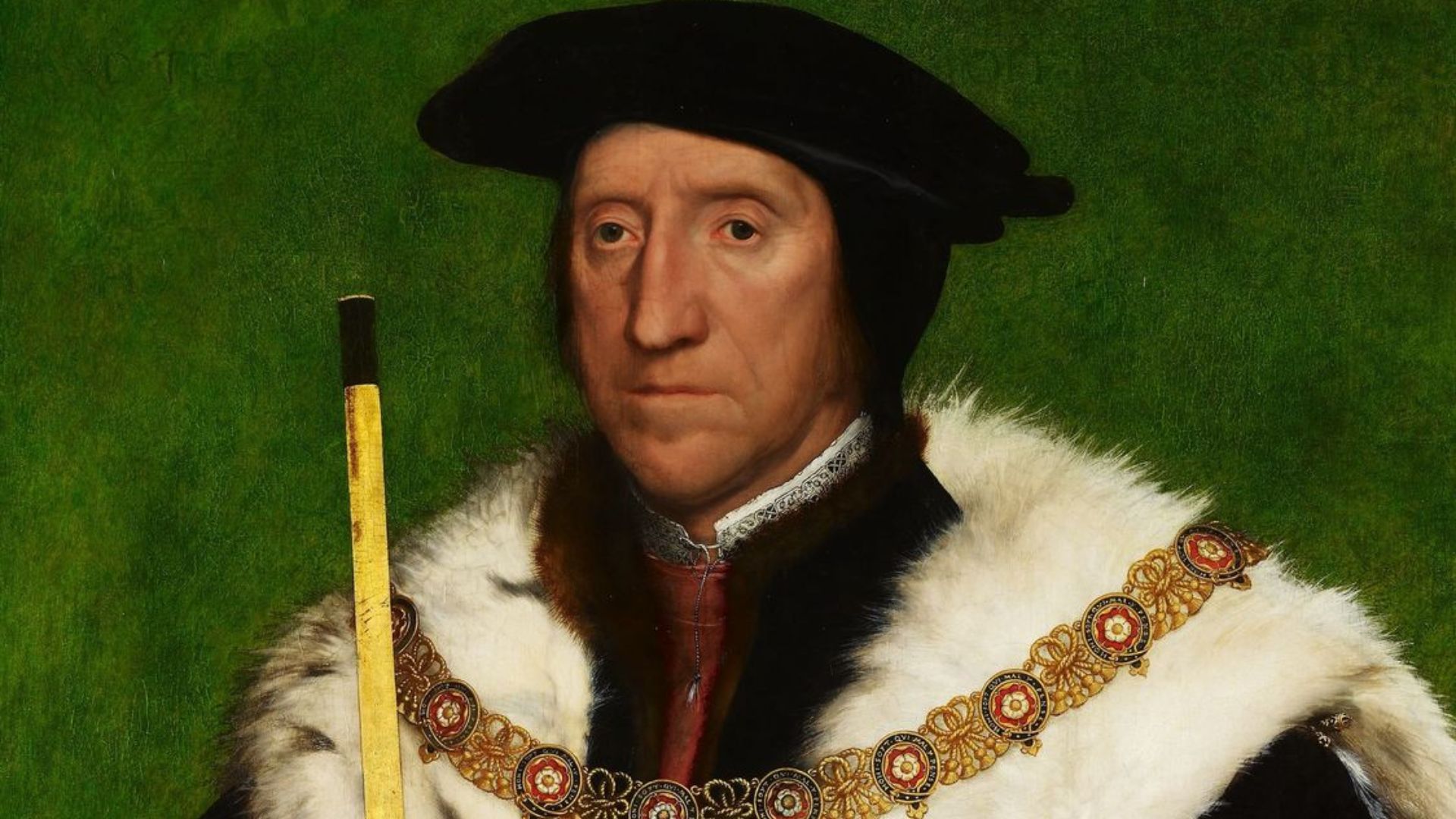 Hans Holbein the Younger, Wikimedia Commons
Hans Holbein the Younger, Wikimedia Commons
Her Family
At the time of Mary’s birth, her father was the third highest-ranking and third most powerful nobleman in England. The two men who outranked him? Well, that would be her grandfathers, Thomas Howard, 2nd Duke of Norfolk, and Edward Stafford, 3rd Duke of Buckingham.
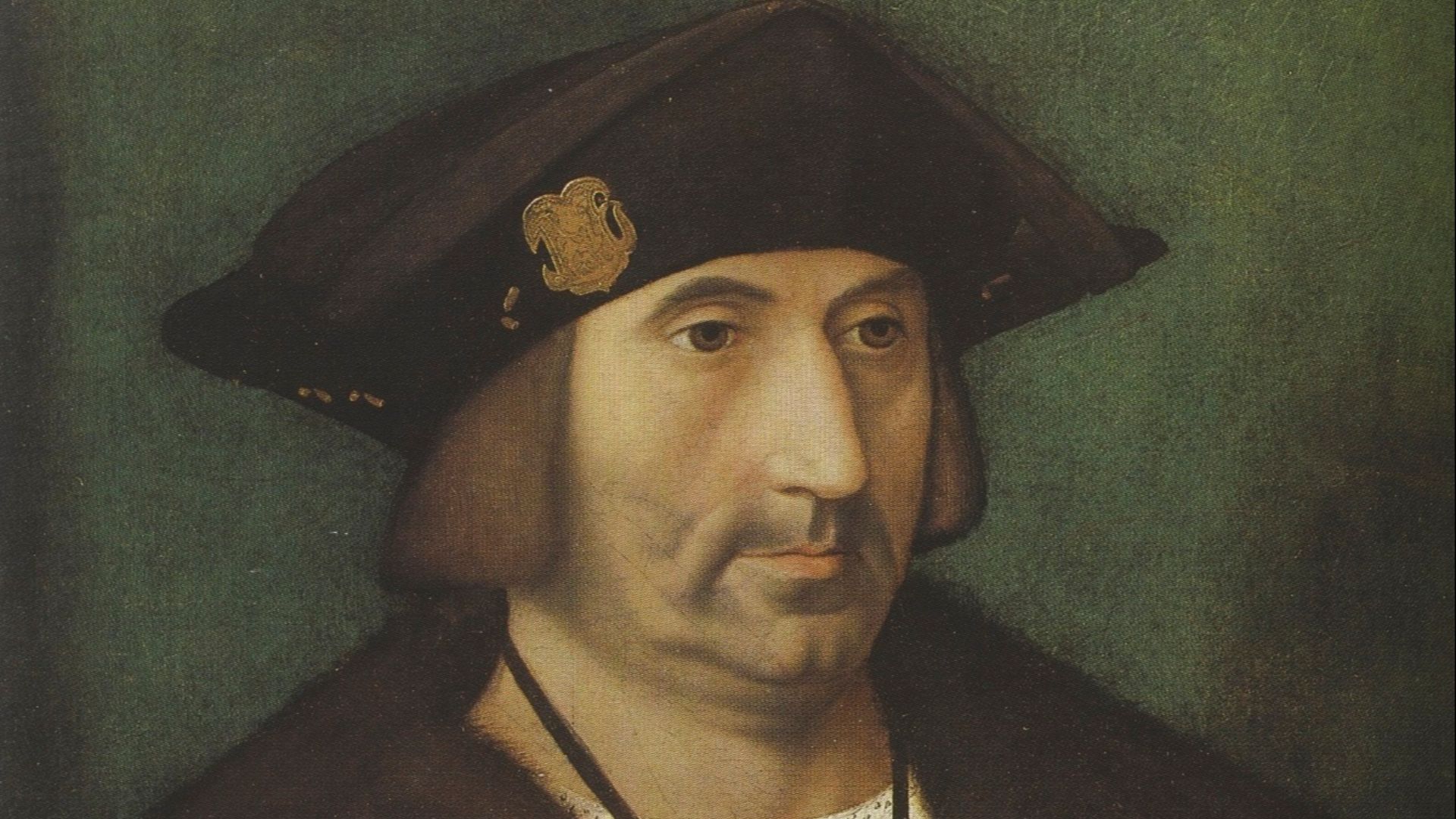 Attributed to Master of the Brandon Portrait, Wikimedia Commons
Attributed to Master of the Brandon Portrait, Wikimedia Commons
Her Family
Following the execution of her maternal grandfather (for treason), her remaining grandfather, the Duke of Norfolk, became one of only two dukes in the kingdom; this elevated the family’s status further. Though with further elevation came a higher chance of drama.
Her Family
This drama started in 1524. At this point, Mary’s paternal grandfather passed, and her father inherited his title, becoming the 3rd Duke of Norfolk. Her father was now one of two dukes in the country, but they would soon have competition.
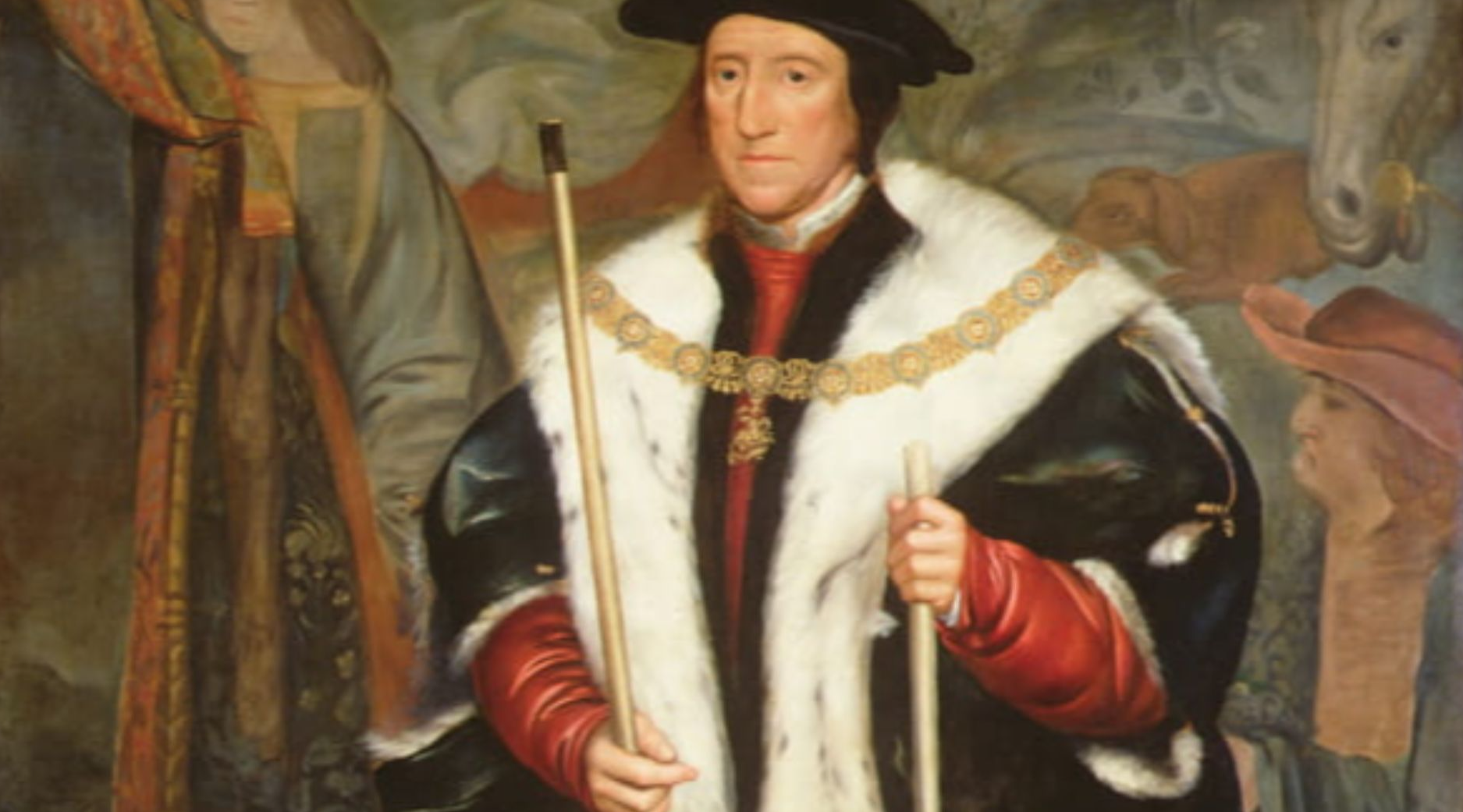 After Hans Holbein the Younger, Wikimedia CommonsThe Illegitimate Son
After Hans Holbein the Younger, Wikimedia CommonsThe Illegitimate Son
As kings were wont to do, Henry VIII had a long-standing affair with Elizabeth Blount; in 1519, this relationship resulted in a birth: Henry FitzRoy. Despite likely having several illegitimate children, Henry FitzRoy is the only one that Henry VIII ever publicly claimed as his own.
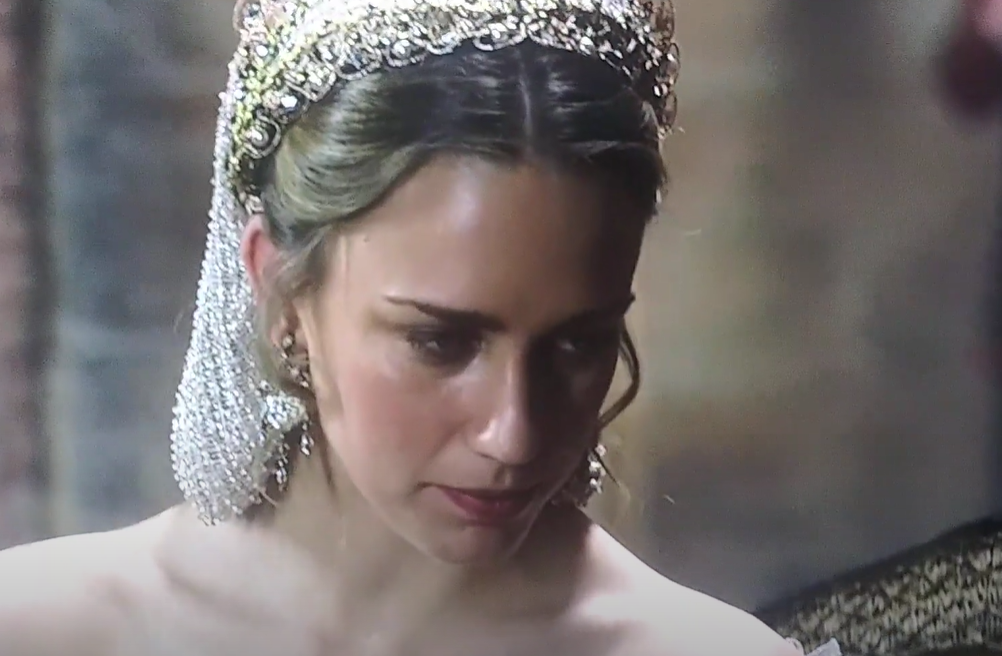 Showtime, The Tudors (2007–2010)
Showtime, The Tudors (2007–2010)
The Illegitimate Son
In 1525, the king bestowed titles upon his then six-year-old son. Henry FitzRoy was elevated to the title of Duke of Richmond and Somerset. His early years saw him under the care of Cardinal Wolsey. However, that would not last for long.
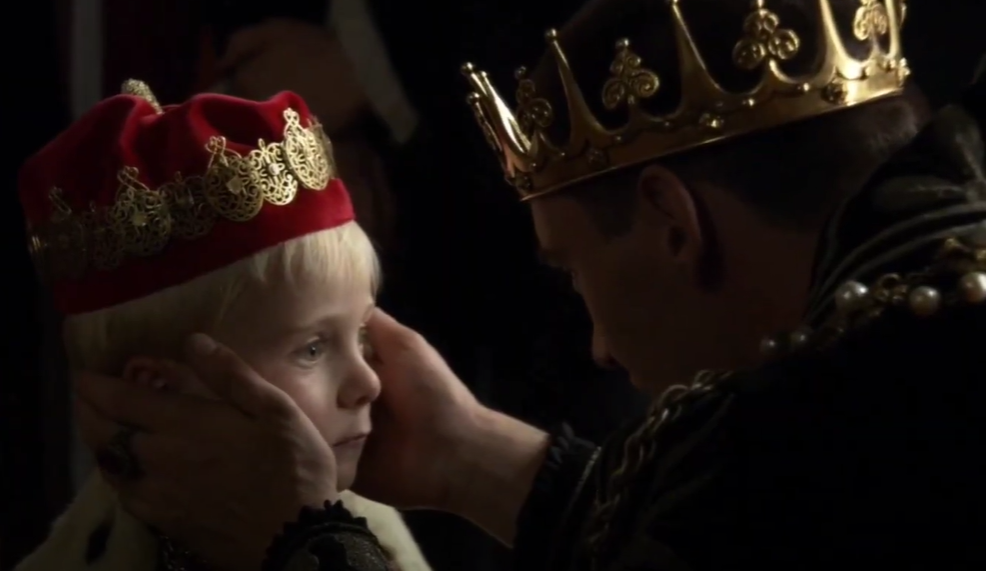 Showtime, The Tudors (2007–2010)
Showtime, The Tudors (2007–2010)
An Arrangement Is Made
Cardinal Wolsey fell out of favor in 1529, due to his failure to secure Henry VIII an annulment from his first wife, Catherine of Aragon. As a result, Thomas Howard became the next guardian to watch over the king’s young illegitimate son.
An Arrangement Is Made
It was at this time that an idea arose. Some say it was from the King. Others say it came from his new wife, Anne Boleyn. However, regardless of the source, it began being suggested that FitzRoy should marry his new guardian’s daughter: Mary Howard.
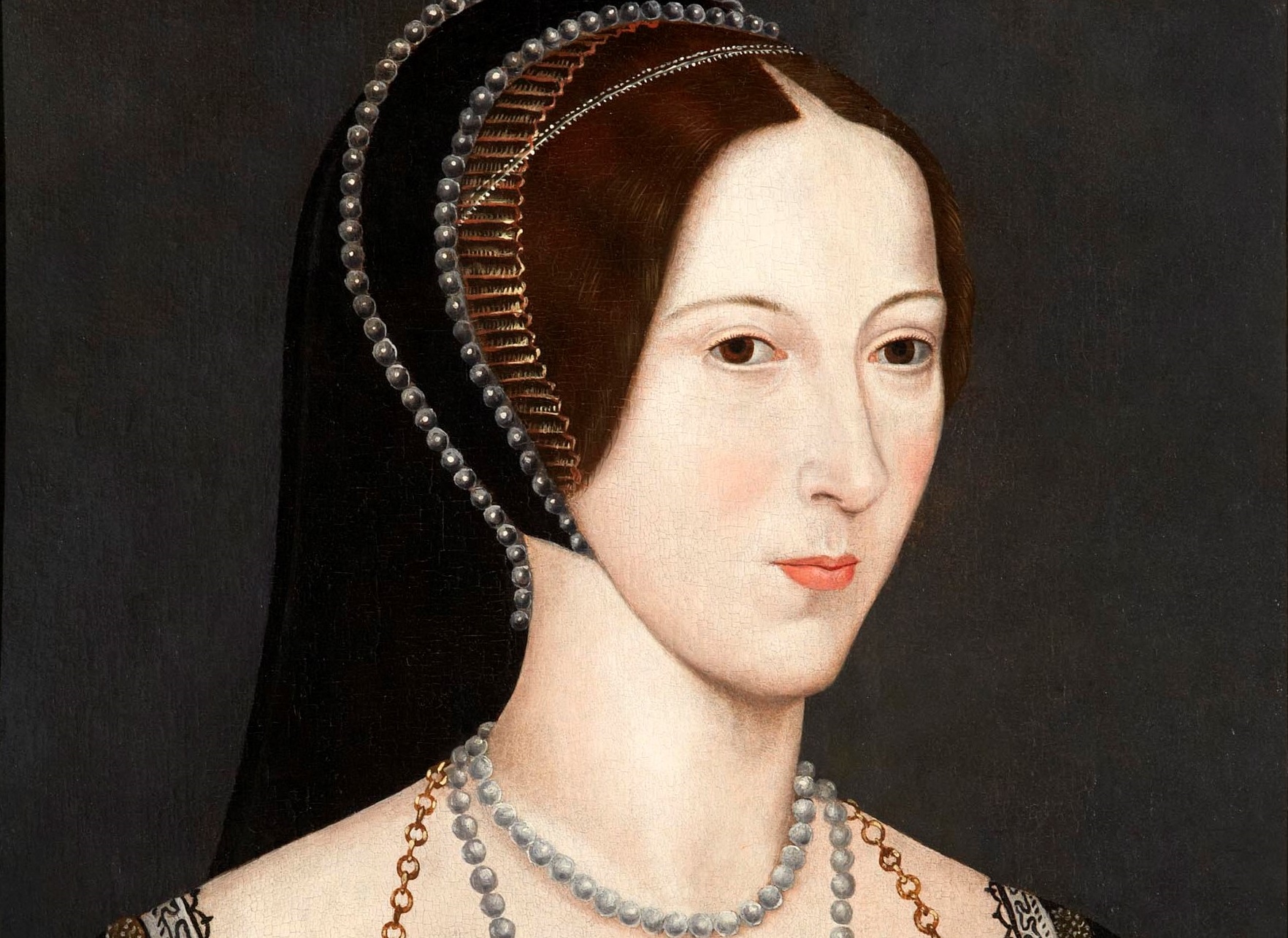 English school, Wikimedia Commons
English school, Wikimedia Commons

History's most fascinating stories and darkest secrets, delivered to your inbox daily.
Mary’s Cousins
Mary’s family was well-connected. On top of the titles that had been bestowed upon her grandparents, both maternal and paternal, the Howards were connected to some other major players as well. Namely, most of Henry’s wives.
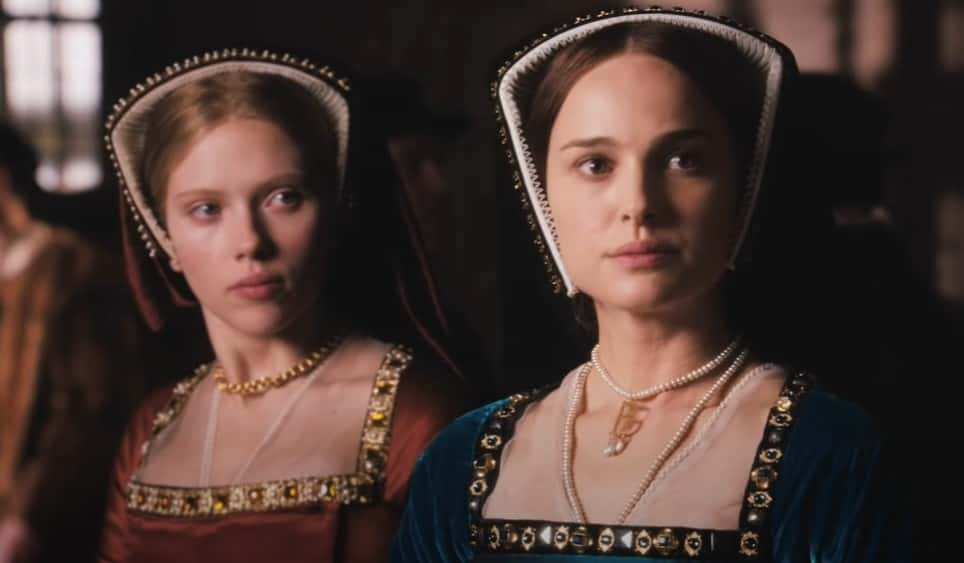 The Other Boleyn Girl (2008), Focus Features
The Other Boleyn Girl (2008), Focus Features
Mary’s Cousins
Through her father, Mary was a cousin to both Anne Boleyn and Katherine Howard, Anne being the daughter of Thomas Howard’s sister, and Katherine the daughter of his brother. She was also a second cousin to Jane Seymour.
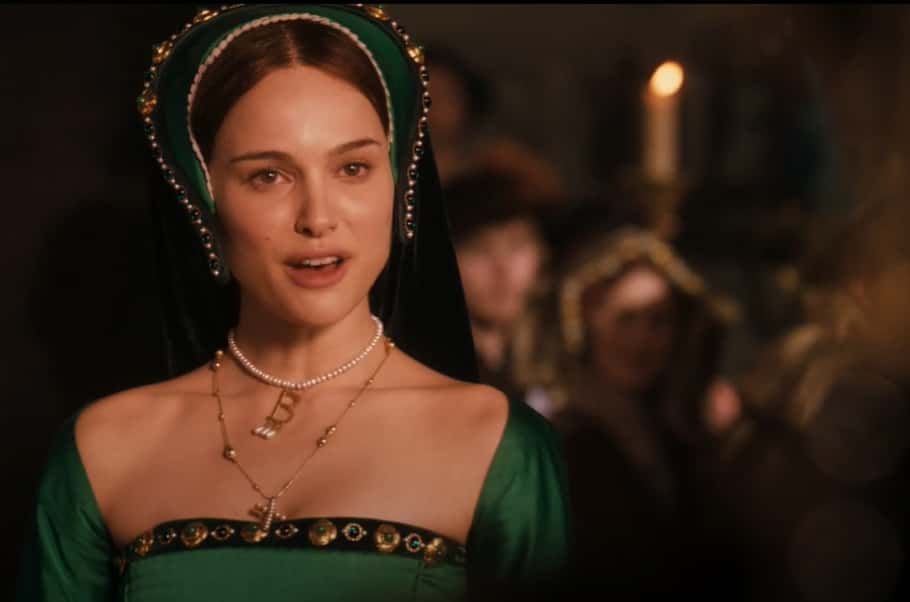 The Other Boleyn Girl, Focus Features
The Other Boleyn Girl, Focus Features
The Marriage
In November 1533, the only connection of Mary’s that mattered was that of her cousin, Anne Boleyn. Mary, either 13 or 14 years of age, and FitzRoy, only 14, married. This was seen as particularly triumphant for the Boleyn family.
The Marriage
Not only was Mary Anne’s cousin, but she had also formerly been a member of the Queen’s household. More than that, Mary was a staunch advocate of reform, which only made her a more desirable connection for FitzRoy to have.
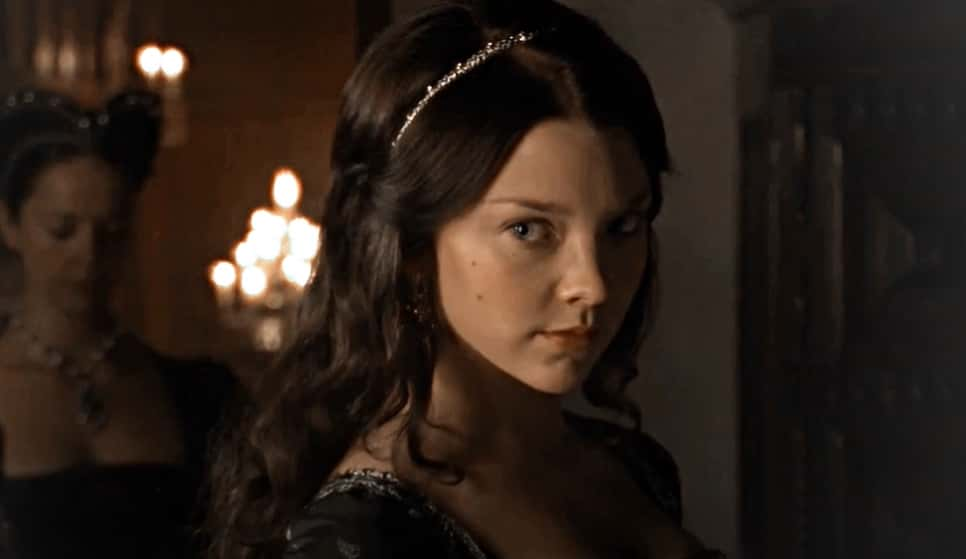 Showtime, The Tudors (2007–2010)
Showtime, The Tudors (2007–2010)
The Marriage
The arrangement, of course, was beneficial to Mary as well. Through the marriage, she rose to the title of Duchess. It was also presumed that she might someday become queen, for in 1533, Henry VIII had no legitimate male heir, making FitzRoy the most likely possibility to succeed him. Unfortunately, it would not last.
Mary The Widow
Life was a fragile thing in the 1500s. Many diseases could snuff it out, and unfortunately for Henry FitzRoy, consumption called for him in July 1536. He was only 17 when he succumbed to the disease. His passing also caused problems for Mary.
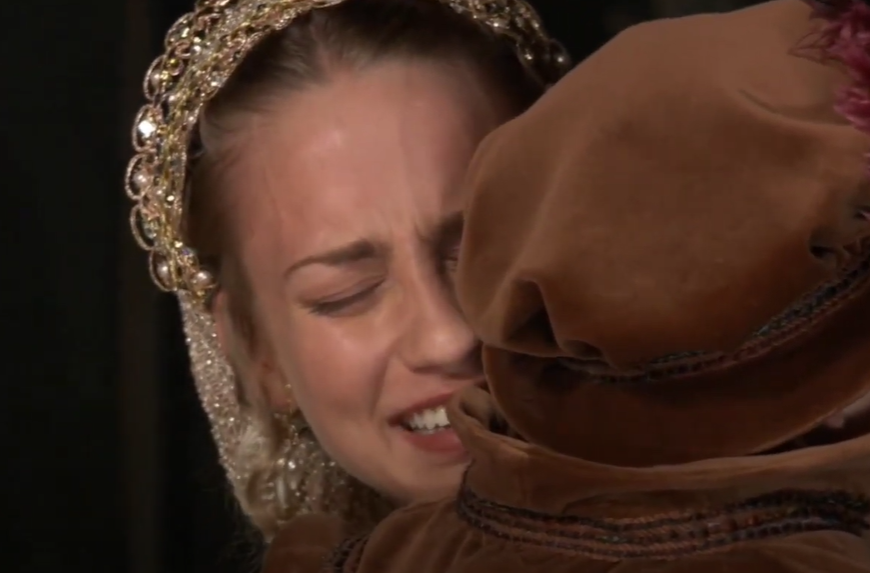 Showtime, The Tudors (2007–2010)
Showtime, The Tudors (2007–2010)
Mary The Widow
Remember, Mary may not have yet been 14 when she and FitzRoy married, and he himself was scarcely older. As a result, the King ordered the couple not to consummate their marriage, fearful that it was unhealthy to engage in intercourse at such a young age. Though, perhaps, he had other motives.
Mary The Widow
When FitzRoy passed, the couple had still not consummated their marriage. On those grounds, the King voided their marriage, stating that it was not a “true” marriage. Therefore, Mary did not retain much of her husband’s lands, which should have been owed to her as his widow.
 Ken Ballinger, Wikimedia Commons
Ken Ballinger, Wikimedia Commons
Mary The Widow
Being denied her rightful inheritance by the King, and only being 17 herself, Mary was now in a disastrous situation. She had no money and was forced to return to handouts from her father. More than that, she couldn’t marry.
Mary The Widow
As long as the matter of what she was owed from her late husband’s passing remained open, Mary was not free to marry again. Despite this, the King continued to drag his feet, and her father (who had significant influence as well) was not interested in involving himself either.
Mary Fought Back
Mary did not take this sitting down. She threatened to confront the King himself if she had to. However, she had one more trick up her sleeve before it came to such desperate blows.
Mary Fought Back
Mary wrote to Thomas Cromwell, another powerful man in Henry’s reign, asking him to involve himself on her behalf. Cromwell involved Archbishop Cranmer in the conversation, and things finally began to shift.
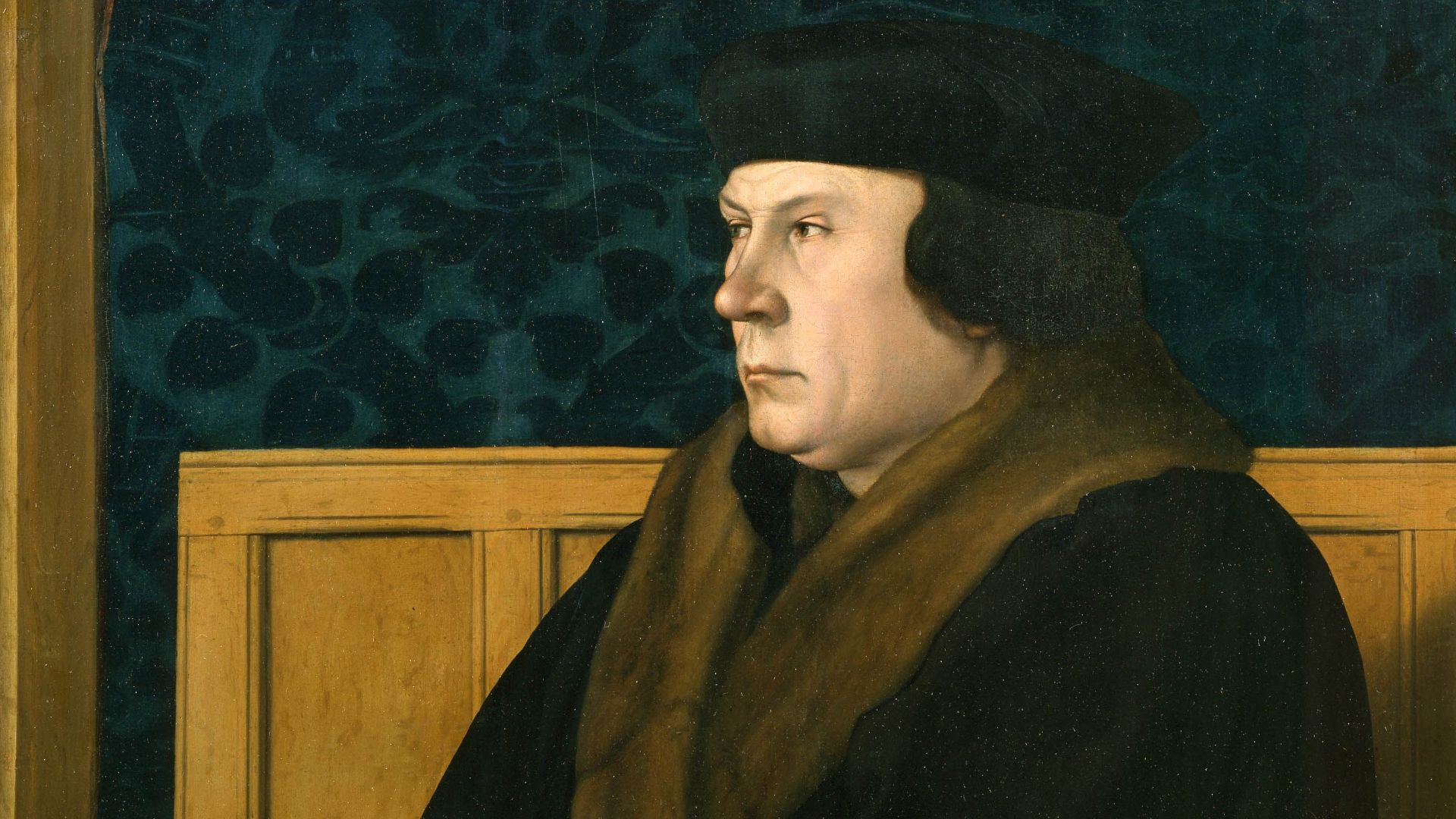 Hans Holbein the Younger, Wikimedia Commons
Hans Holbein the Younger, Wikimedia Commons
Mary Fought Back
Cranmer ruled that although the marriage had not been consummated, it was viewed as a valid marriage in the eyes of God, which were the eyes that mattered during this time period. Finally, Mary had gotten some useful involvement.
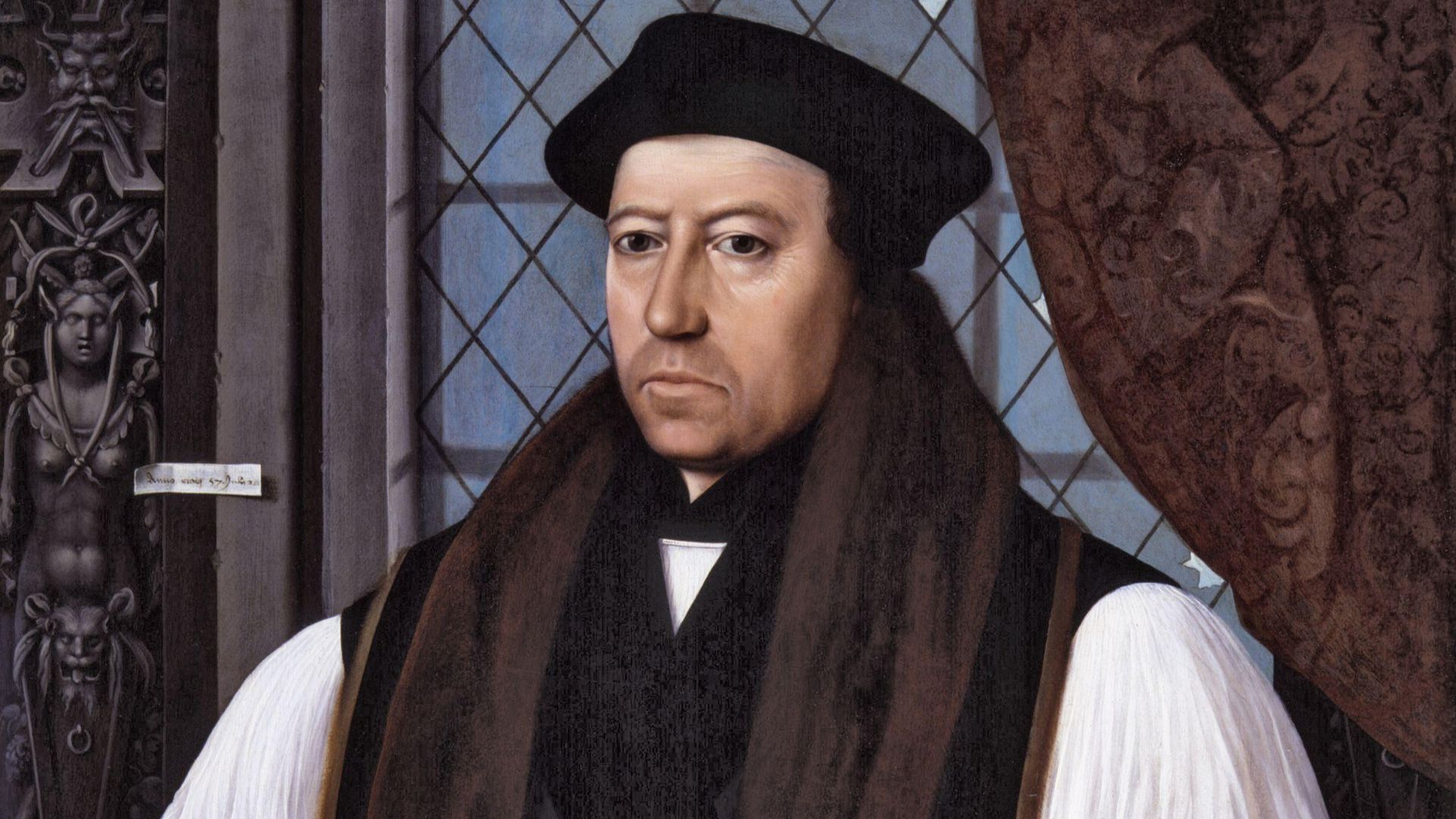 Gerlach Flicke, Wikimedia Commons
Gerlach Flicke, Wikimedia Commons
Mary Fights Back
Despite this, it took Mary four years to get this matter settled. It wasn’t until the dissolution of the monasteries in 1540 that she was finally given property, and therefore income to live off of. Though her peace would be short-lived.
 Photograph by Mike Peel (www.mikepeel.net)., Wikimedia Commons
Photograph by Mike Peel (www.mikepeel.net)., Wikimedia Commons
Mary At Court
Mary remained at court and carried on a close relationship with her late husband’s cousin, Margaret Douglas. Both Mary and Margaret were involved in the writings of the Devonshire Manuscript, a famous collection of poetry by both themselves and poets at court.
Mary At Court
When her cousin had been Queen, Mary had been a part of Anne Boleyn’s court. She was almost a part of the other Anne’s court. However, Anne of Cleves arrived with her own ladies, and although Mary was set to meet her, her services as a member of the court were not needed. Not to worry, however—she was related to the next queen as well.
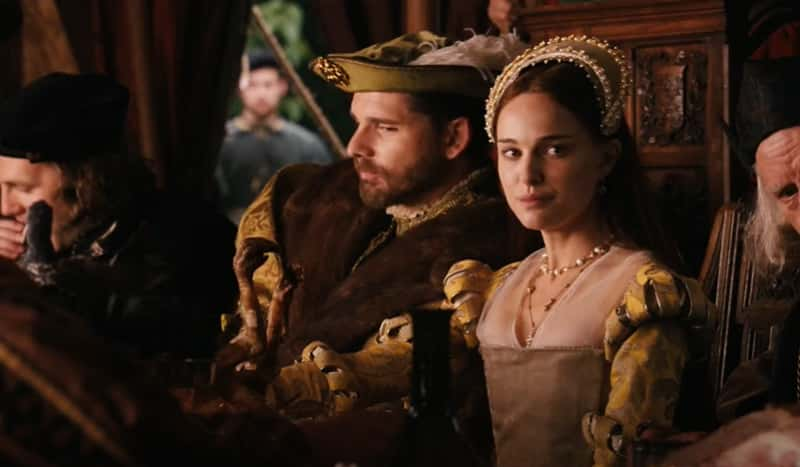 The Other Boleyn Girl, Focus Features
The Other Boleyn Girl, Focus Features
Katherine Howard
When Katherine Howard rose to queen following Anne of Cleves, she made Mary a Lady of the Privy Chamber. There, she was under the supervision of her old companion, Margaret Douglas. However, tragedy would strike.
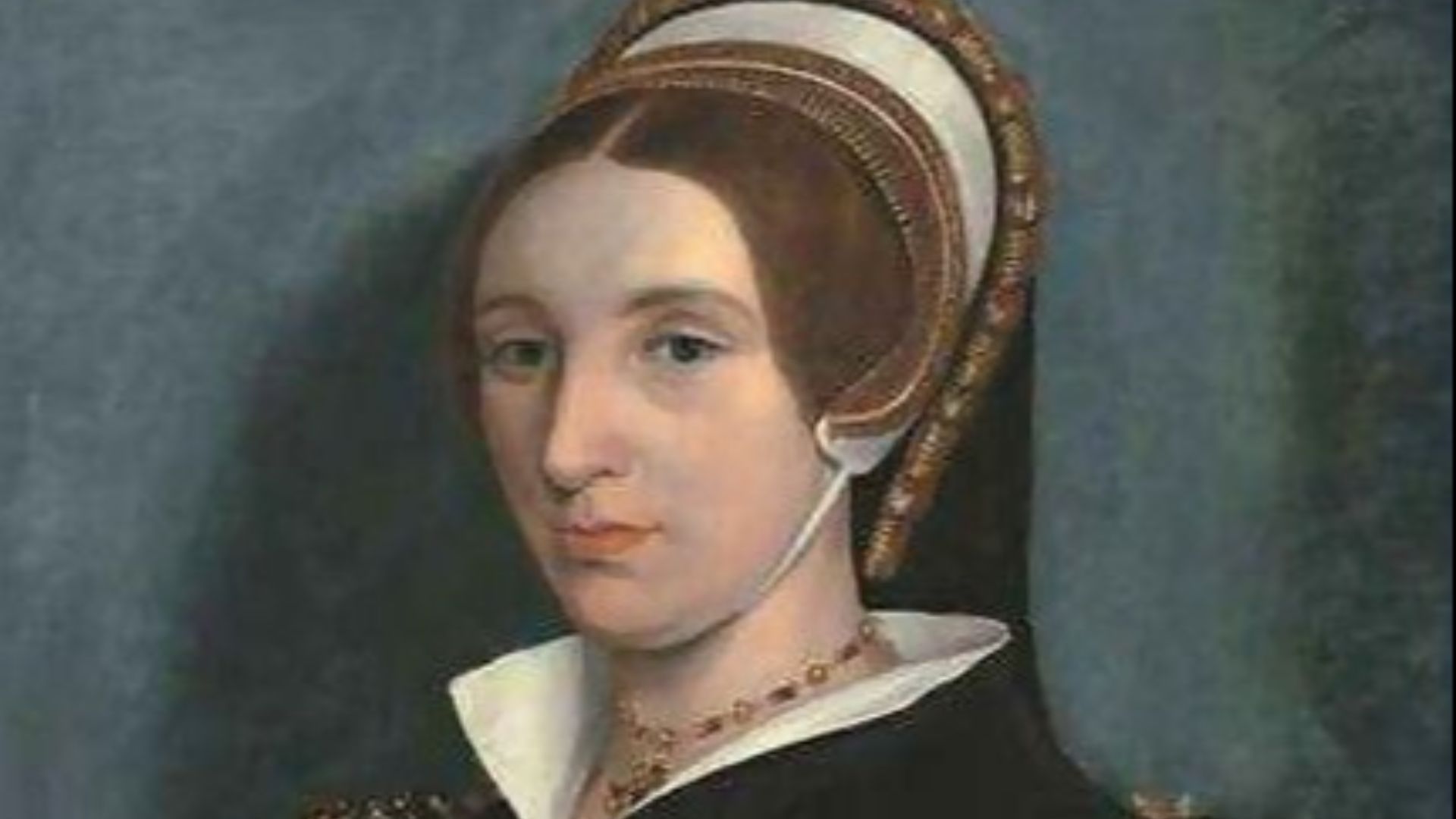 Follower of Hans Holbein the Younger, Wikimedia Commons
Follower of Hans Holbein the Younger, Wikimedia Commons
Katherine Howard
To be a queen and Mary FitzRoy’s cousin did not seem like a good thing. Just like Anne Boleyn before her, Katherine Howard was detained and eventually lost her head. Mary didn’t escape scrutiny this time.
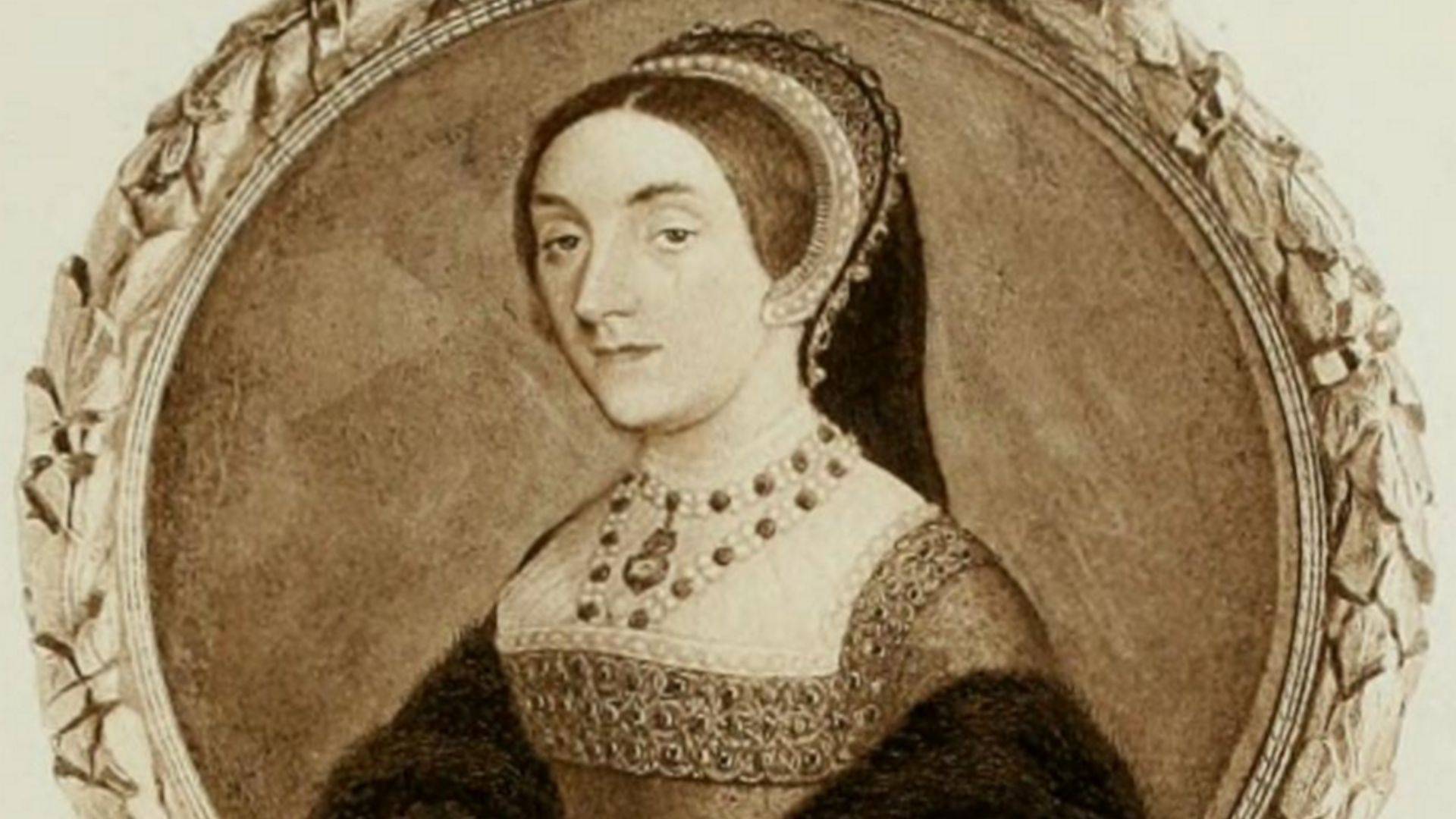 After Hans Holbein the Younger, Wikimedia Commons
After Hans Holbein the Younger, Wikimedia Commons
Katherine Howard
As a result of Katherine Howard’s arrest, Mary, along with her entire family, was briefly detained in the Tower of London. However, this caused less strife for the Howards than Mary’s father's attempt to fix their standing.
Thomas Seymour
Now tainted by close relations to not just one, but two treasonous queens, Thomas Howard was looking for a way to get back into Henry’s good graces. He had the perfect thought—he petitioned Henry to marry his daughter to Thomas Seymour, the brother of Henry’s third wife, Jane Seymour.
Thomas Seymour
Henry agreed to the union. Mary did not. If it were just Mary who disliked the marriage, perhaps it would have continued. However, she had the support of her brother as well, Henry, Earl of Surrey.
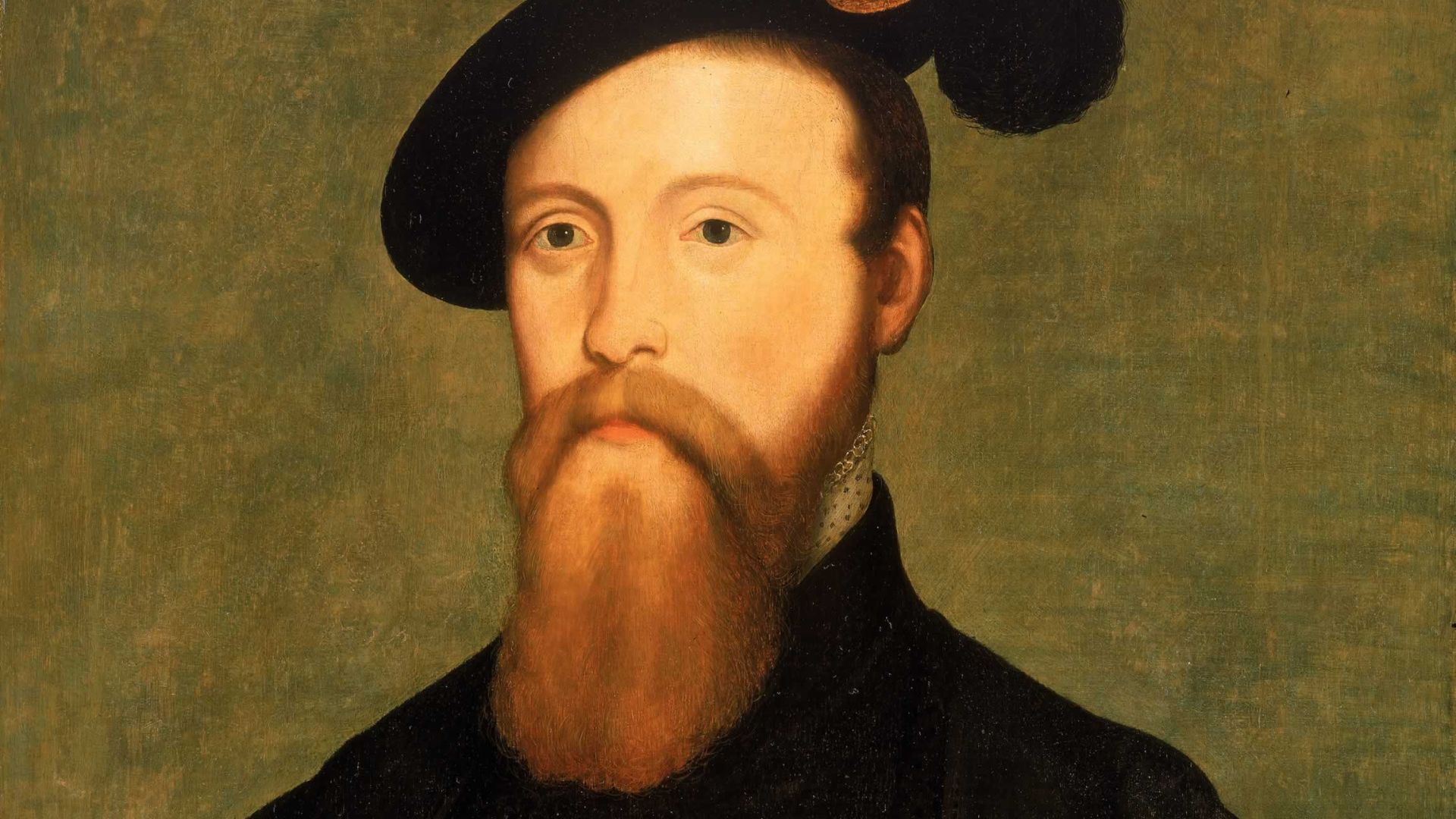 Nicolas Denizot, Wikimedia Commons
Nicolas Denizot, Wikimedia Commons
Thomas Seymour
The marriage between Mary and Thomas Seymour did not take place. Unfortunately, her brother had a different idea of how his sister could be of use—an idea he would soon regret.
Henry Howard’s Idea
Surrey had the audacity to suggest that Mary should attempt to seduce the King and become his mistress. Surrey felt that the position of mistress would give Mary great power, just as it had for mistresses of the French king. Mary had a few things to say about that.
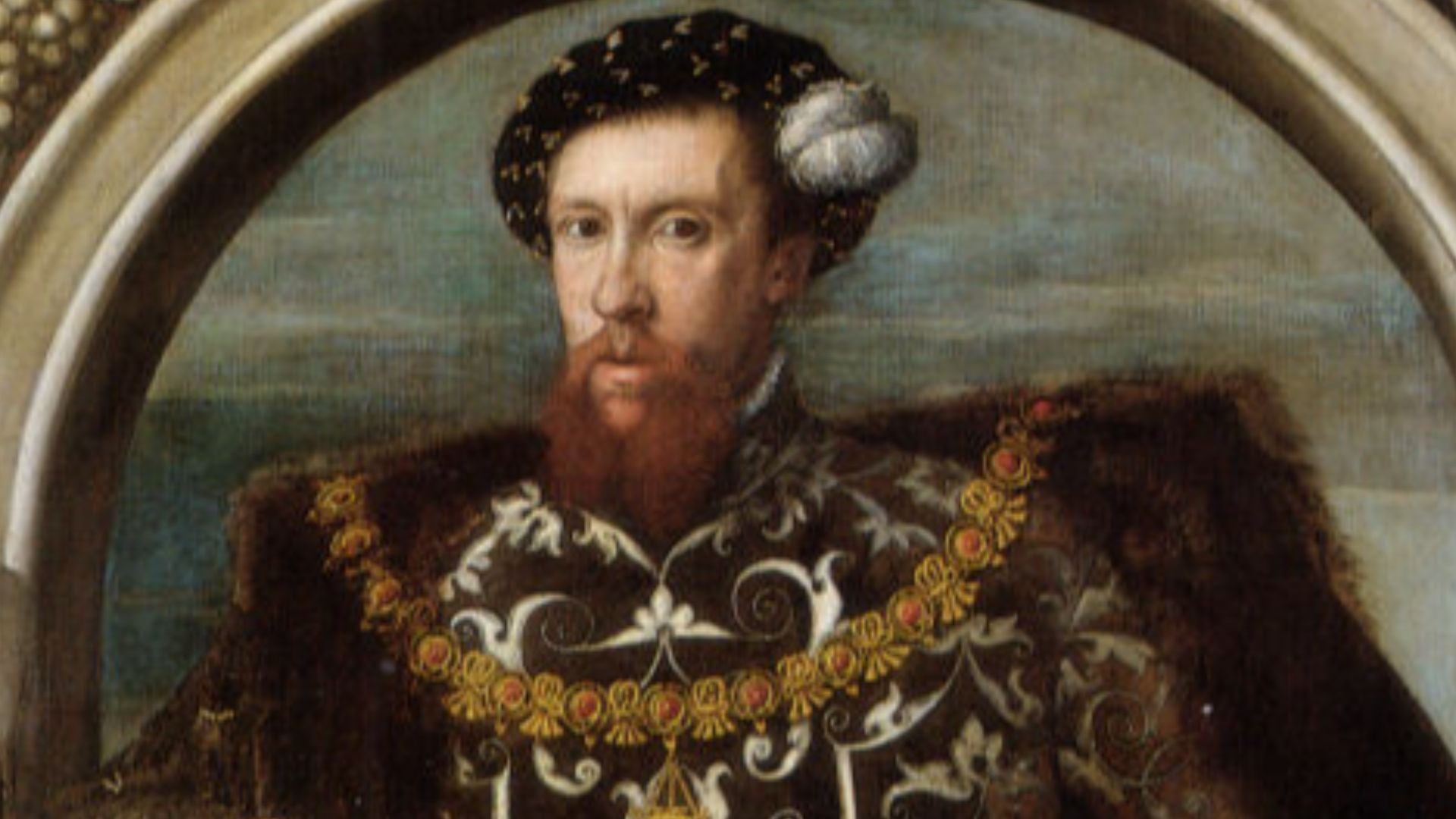 Attributed to William Scrots, Wikimedia Commons
Attributed to William Scrots, Wikimedia Commons
Henry Howard’s Idea
Not only was Henry still her late father-in-law, but there was a mighty age difference. Mary was around 23 at this point. Henry was 51, overweight, and looking for his sixth wife. To say Mary was unimpressed would be an understatement.
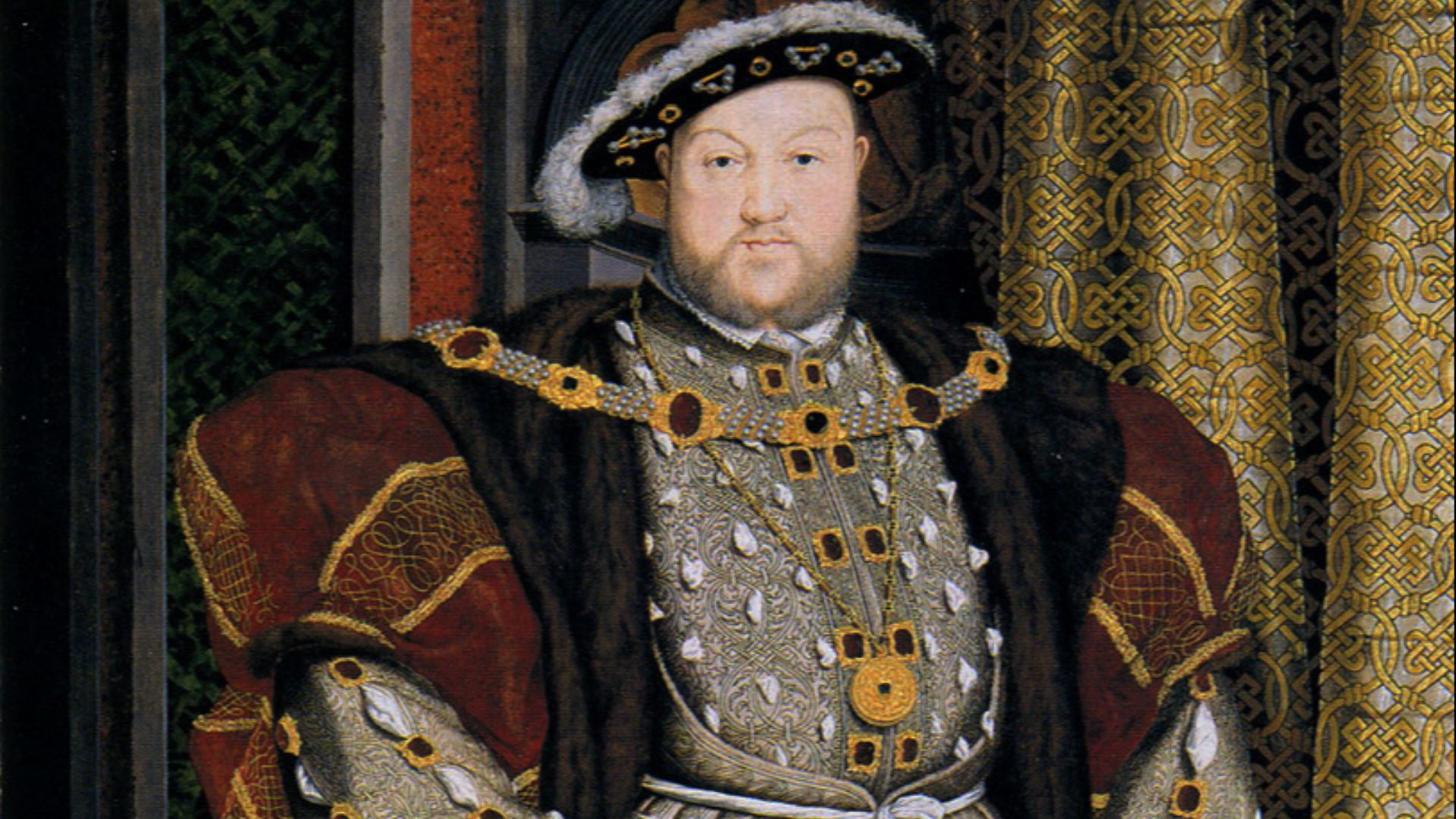 Unknown authorUnknown author, Wikimedia Commons
Unknown authorUnknown author, Wikimedia Commons
Henry Howard’s Idea
Mary’s reaction to her brother’s suggestion was extreme. Outraged, she told him she’d rather “cut her own throat” than “consent to such villainy”. Henry Howard would regret making an enemy of his sister.
Mary’s Revenge
While Mary escaped any speculation of treason following the execution of her cousin, Katherine Howard, her brother, and her father were not so lucky. They faced trial for treason some years later, and Mary had a few things to say about it.
Mary’s Revenge
Mary had the last laugh for her father, and especially for her brother. When they were brought to trial, Mary had no problem testifying against them, accusing her brother of having little regard for the King.
Mary’s Revenge
As a result of Mary’s testimony (and other evidence presented in trial), both her father and her brother were slatted for execution. Surrey met his unfortunate fate on January 19, 1547. His father had a little more luck.
Mary’s Revenge
Thomas Howard’s execution was set for January 28. It just so happened that Henry VIII passed in the early hours of that very same morning, thus staying his execution. However, Howard wasn’t completely free. He spent the entirety of Edward VI’s short reign in the Tower.
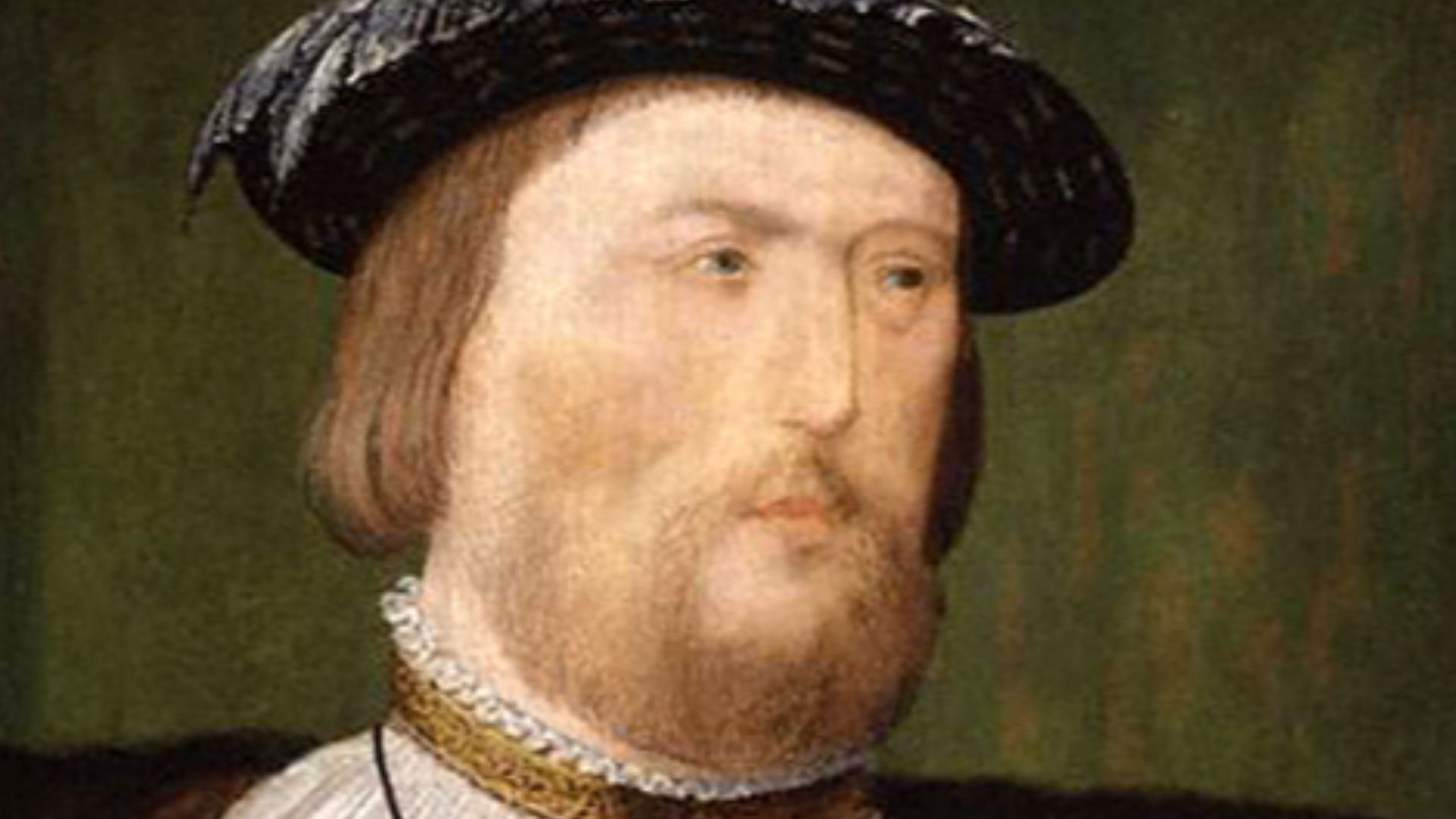 Unknown authorUnknown author, Wikimedia Commons
Unknown authorUnknown author, Wikimedia Commons
Mary The Victor
Despite her family’s continued attempts to use her for their own gains, Mary was the one who persevered. She never remarried and instead took over the raising of her brother’s five children, following his execution.
Mary The Victor
Moreover, she was reportedly granted money from the new king, Edward VI, to do so. The rest of Mary’s life finally remained uneventful before she quietly passed at the age of 38.
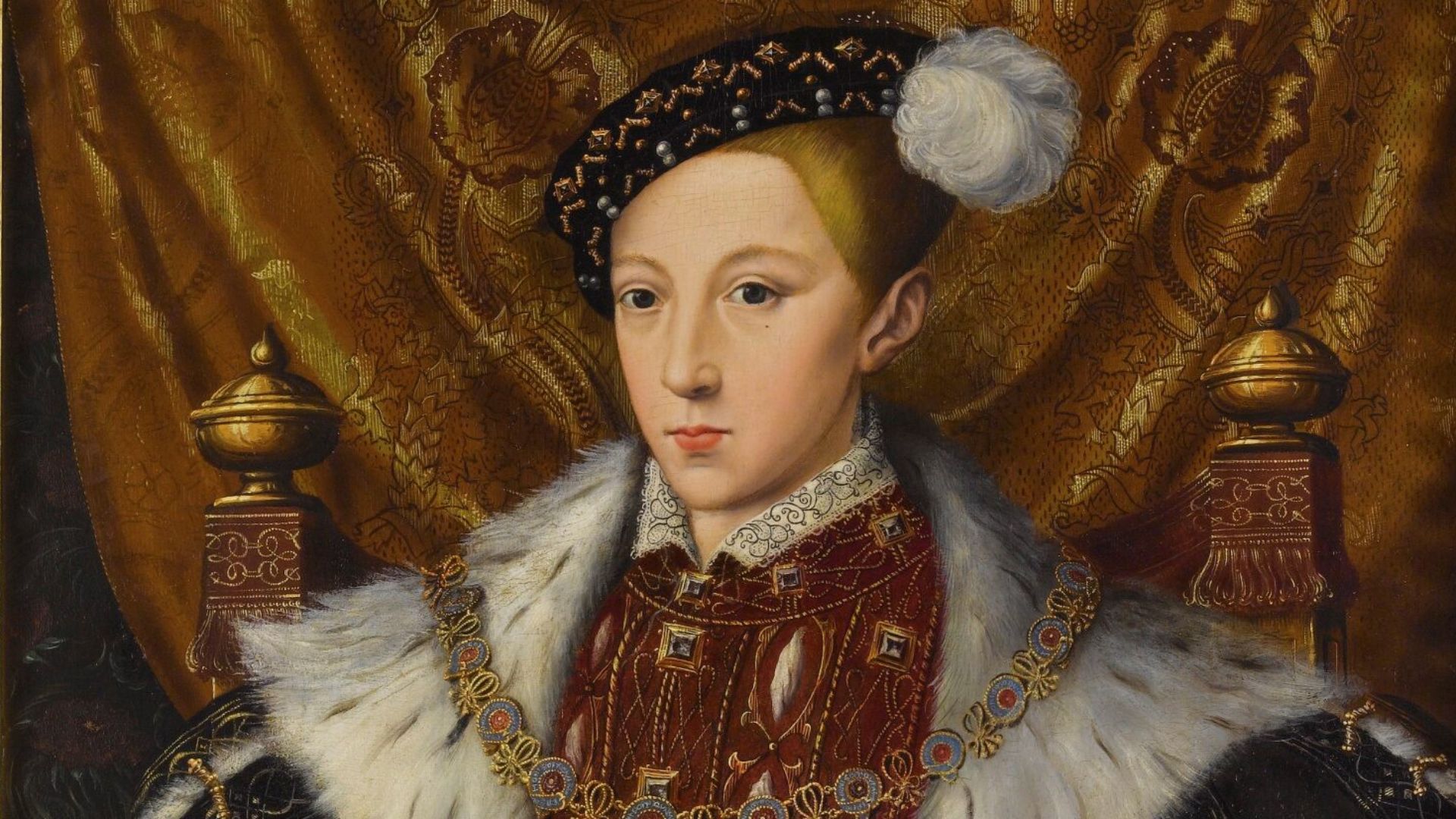 Circle of William Scrots, Wikimedia Commons
Circle of William Scrots, Wikimedia Commons
You May Also Like:
The Tudor Court's Most Despicable Man
The Scandalous Princess History Tried To Erase

